Physics
Here, we will cover the various topics regarding Physics for Class 10 ISO. Physics is one of the most interesting but a bit confusing branch of Science. The main goal of Physics is to understand how the universe behaves. Physics explains the Physical World that is the various day to day life experiences, such as why current flows through some substances whereas other substances do not allow the current to flow through them or we can say some substances are good conductor of electricity and others are bad conductor. The concepts that are mastered in the lower classes help us to crack many entrance examination like JEE Main, JEE Advanced, UPSC etc. At ABHYASONLINE IN you can master the concepts at your own learning pace. It provides conceptual testing with an analytical reports identifying the weak, moderate and strong concepts. We at ABHYASONLINE.IN believe that if the weak concepts are timely identified and improved then every student can achieve their goals in life . Follow the links below to understand and master each and every concept of various topics in Physics along with video lectures.
Explore Chapters
Reflection of Light is the process of bouncing back of light rays when it falls on the surface of an object. In this section of Reflection of Light Characteristics of Image formed by Plane Mirror, Converging Mirror or Concave Mirror, Diverging Mirror or Convex Mirror, Focal Length and Radius of Curvature, Laws of Reflection, Magnification, Mirror Formula, Multiple Reflections, Nature of Light, Propagation of Light, Ray Diagram, Reflection from Plane Mirrors, Reflection of Light, Spherical Mirror Terms, Spherical Mirrors, etc. have been explained. Watch the videos and master the concepts
- Sample Test(s)Test NameSubject(s)Topics / ChaptersQuestions / MarksActionTutorial - 10th - Physics [Reflection of Light]PhysicsReflection of Light10 / 10View All FREE Test(s)
Refraction of Light is the process of bending of light rays when it moves from on transparent medium to another. In this section of Refraction of Light Diverging Lens or Concave Lens, Laws of Refraction, Lens Formula, Magnification of Lenses, Power of Combination of Lenses, Power of Lens, Ray Diagram for Converging Lens, Real and Virtual Images, Refraction, Refraction in a Glass Slab, Refractive Index, Snells Law, Sparkling of Diamond, Terms for Lenses, Total Internal Reflection, etc. have been explained. Watch the videos and master the concepts
- Sample Test(s)Test NameSubject(s)Topics / ChaptersQuestions / MarksActionTutorial - 10th - Physics [Refraction of Light]PhysicsRefraction of Light10 / 10View All FREE Test(s)
Electricity is the flow of electrons, referred to as an electrical current. The free electrons are the charge carriers. In this section of Electricity Conductors and Insulators, Electric Circuit, Electric Current, Electricity, Flow of Charge, Measurement of Current, Ohms Law, Open and Closed Circuits, Potential Difference, Resistance, Resistance Depends on Area of Cross Section, Resistance Depends on Length, Resistivity, Verification of Ohms Law, etc. have been explained. Watch the videos and master the concepts
Electricity is the flow of electrons, referred to as an electrical current. The free electrons are the charge carriers. In this section of Electricity Applications of The Heating Effect of Current, Common Measuring Instruments, Devices in Series and Parallel, Disadvantages of The Heating Effect of Current, Distribution of Current in Two Resistors in Parallel, Electric Fuse, Electric Power, Heating Effect of Electric Current, MCB, Parallel Connection of Resistors, Rating of Electric Appliances, Safety Precautions, Series Connection of Resistors, Solar Cell As Source of Electricity, Using A Voltmeter to Measure Potential Difference, etc. have been explained. Watch the videos and master the concepts
Magnetic Effect of Electric Current A magnetic field is created by motion of electric charge. This magnetic field exerts force. In this section of Magnetic Effect of Electric current An Electric Current produced by Magnetic Field, Attraction and Repulsion, DC Motor, Electro Magnet, Electro Magnetic Induction, Fleming Left Hand Rule, Magnetic Effects of Current, Magnetic Field, Magnetic Field due to current in a circular loop, Magnetic Field due to Solenoid, Magnetic Field due to Straight Conductor, Magnetic Field exerts force on a current carrying conductor, Magnetism, Magnets, Maxwell Right Hand Thumb Rule, Poles of a Magnet, Use of Electro Magnet Electric bell, etc. have been explained. Watch the videos and master the concepts
- Sample Test(s)Test NameSubject(s)Topics / ChaptersQuestions / MarksActionTutorial - 10th - Physics [Magnetic Effects of Current I]PhysicsMagnetic Effects of Current I10 / 10View All FREE Test(s)
Magnetic Effect of Electric Current A magnetic field is created by motion of electric charge. This magnetic field exerts force. In this section of Magnetic Effect of Electric current AC Generator, Alternating Current, DC Generator, Domestic Electric Circuits, Electric Problems and Safety Measures, Electro-Magnetic Induction, Fleming Right Hand Rule, Live, Neutral and Earth Wire, etc. have been explained. Watch the videos and master the concepts
- Sample Test(s)Test NameSubject(s)Topics / ChaptersQuestions / MarksActionTutorial - 10th - Physics [Magnetic Effects of Current II]PhysicsMagnetic Effects of Current II10 / 10View All FREE Test(s)
Sources of Energy
A source of energy is that which is capable of providing energy over a long period of time. Sun, wind, moving water, bio-mass, etc. are some of the examples of renewable sources of energy. In this section of The Source Of Energy Bio Gas Plant, Bio Mass Energy, Classification of Sources of Energy, Conventional and NonConventional Source of Energy, Fossil Fuel, Good Sources of Energy, Hydro Energy, Renewable and Non Renewable Source of Energy, Wind Energy, etc. have been explained. Watch the videos and master the concepts
- Sample Test(s)Test NameSubject(s)Topics / ChaptersQuestions / MarksActionTutorial - 10th - Physics [Sources of Energy I]PhysicsSources of Energy I10 / 10View All FREE Test(s)
Sources of Energy
A source of energy is that which is capable of providing energy over a long period of time. Sun, wind, moving water, bio-mass, etc. are some of the examples of renewable sources of energy. In this section of The Source Of Energy Chain Reaction, Electricity From The Ocean, Generating Electricity From Ocean Waves, Generating Electricity From Tides, Nuclear Energy, Nuclear Fission, Nuclear Fusion, Nuclear Power Plant, Ocean Thermal Energy Conversion, Solar Cell, Solar Cooker, Solar Energy, Solar Panel, Solar Water Heater, Using Energy Judiciously, etc. have been explained. Watch the videos and master the concepts
- Sample Test(s)Test NameSubject(s)Topics / ChaptersQuestions / MarksActionTutorial - 10th - Physics [Sources of Energy II]PhysicsSources of Energy II10 / 10View All FREE Test(s)
The Human Eye
uses light and enables us to see objects around us. It has a lens In this section of The Human Eye Accommodation of an Eye, Atmospheric Refraction, Construction of an Eye, Contact lens, Correcting Far Sightedness, Correcting near sightedness, Defects of vision, Early Sunrise and Late Sunset, Far point and near point in an Eye, Far Sightedness Hypermetropia, Formation of image of an Eye, Light control in the Eye, Near sightedness Myopia, Other problems of the Eye, Presbyopia, Sensing and passing of image information, Twinkling of stars, Why planets do not twinkle?, Working of an Eye, etc. have been explained. Watch the videos and master the concepts
In physics, the motion is the change in position of an object with respect to another object. The motion is a relative term. In this section of motion Average Speed, Average Velocity, Circular Motion, Conversion of Units, Deacceleration, Difference Between Speed and Velocity, Distance Time Graph, Distance Travelled in Nth Second, Distance Traversed and Displacement, First Equation of Motion, Free Fall, Measurement, Measurement of Time, , etc. have been explained. Watch the videos and master the concepts
Dispersion and Scattering of Light. Dispersion of light occurs when white light is separated into its different constituent colors because of refraction. In this section of Dispersion and scattering of light Colour and the wavelength of light, Colour of the sky, Colours of the sun, Dispersion of light, Dispersion of light by a prism, Prism, Rainbows, Scattering of light, Scattering of lights of different colours,, etc. have been explained. Watch the videos and master the concepts
- Sample Test(s)Test NameSubject(s)Topics / ChaptersQuestions / MarksActionTutorial - 10th - Physics [Dispersion and Scattering of Light]PhysicsDispersion and Scattering of Light10 / 10View All FREE Test(s)
Explore Concepts (Click & View)
- Nature of Light

- Propagation of Light
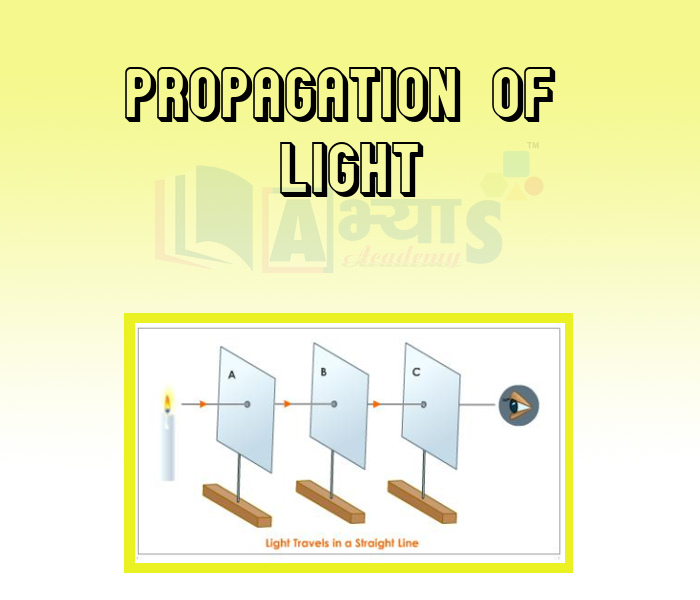
- Reflection of Light
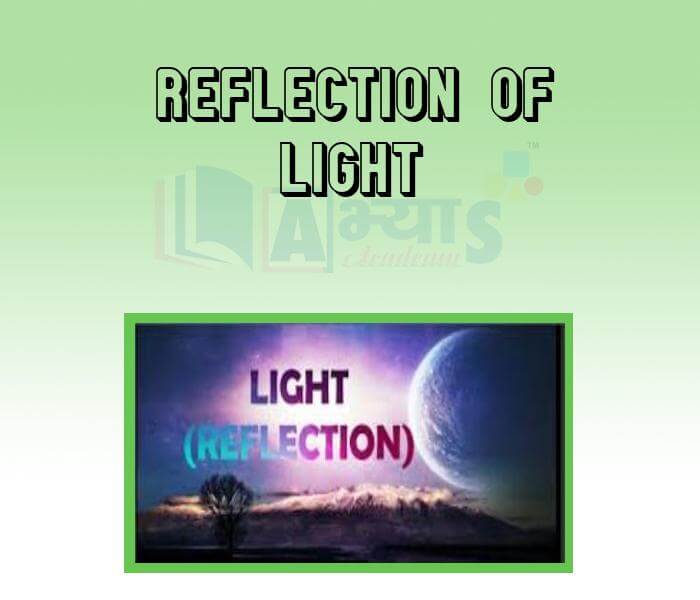
- Magnification in Spherical Mirror
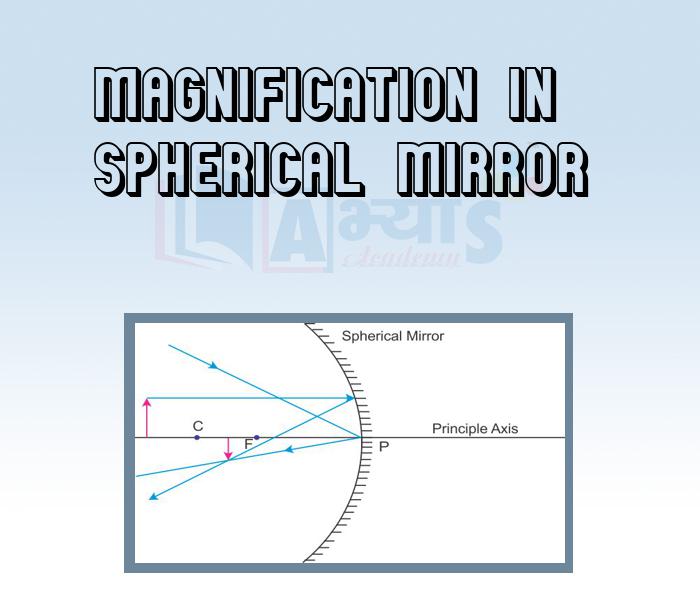
- Converging Mirror or Concave Mirror

- Diverging Mirror or Convex Mirror
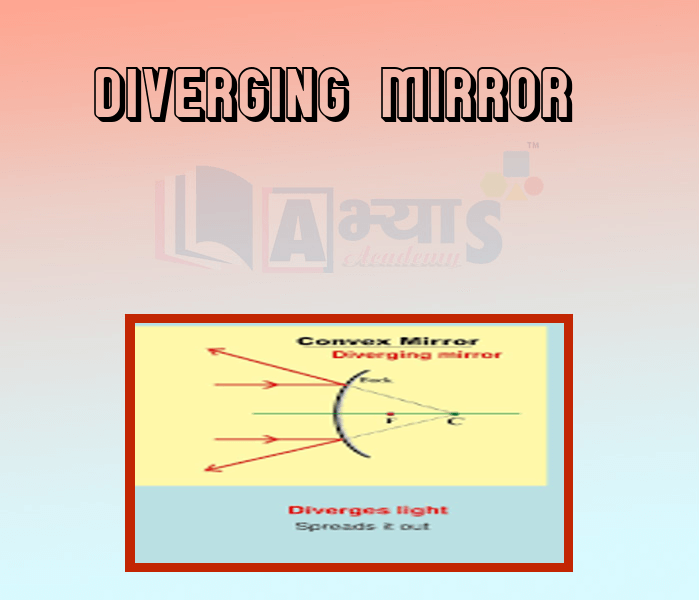
- Spherical Mirrors
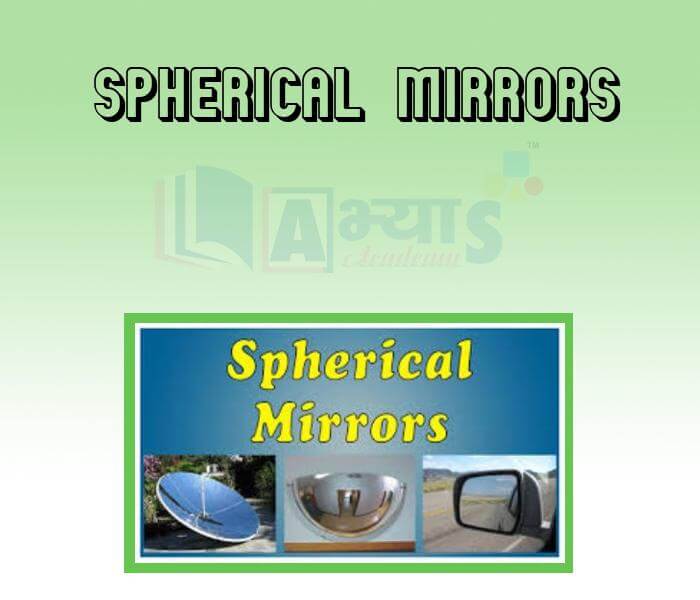
- Spherical Mirror Terms

- Mirror Formula

- Laws of Reflection
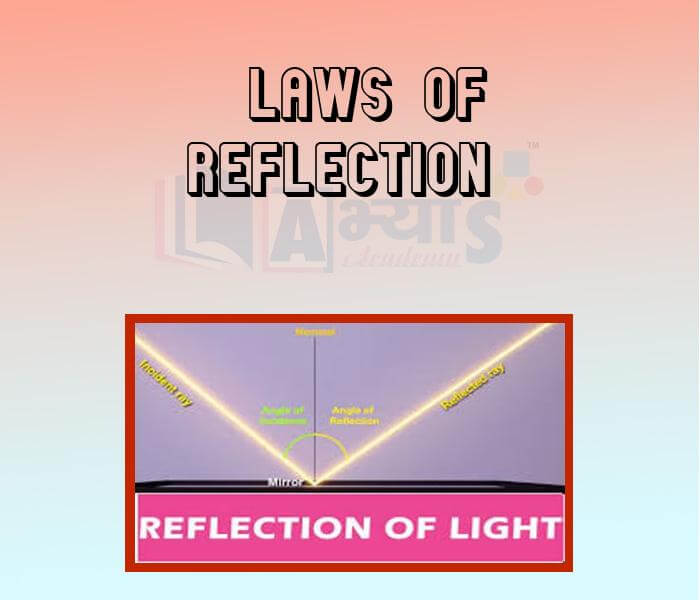
- Ray Diagram for Diverging Lens
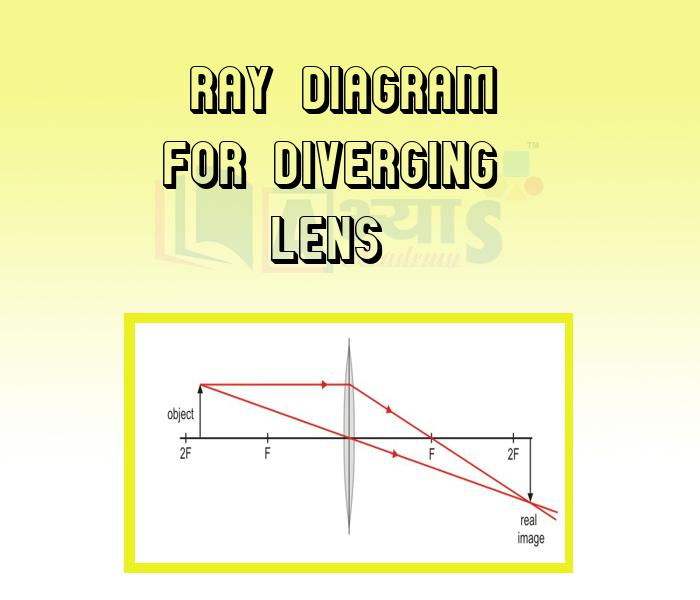
- Reflection from Plane Mirrors
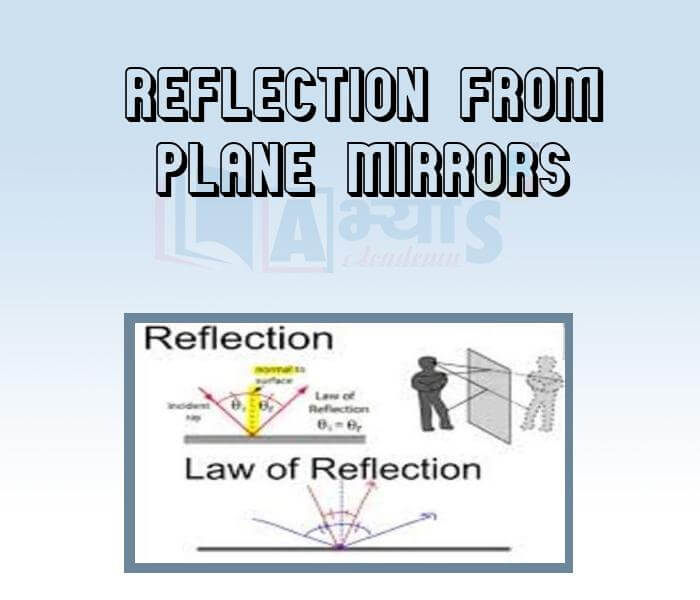
- Characteristics of Image by Plane Mirror
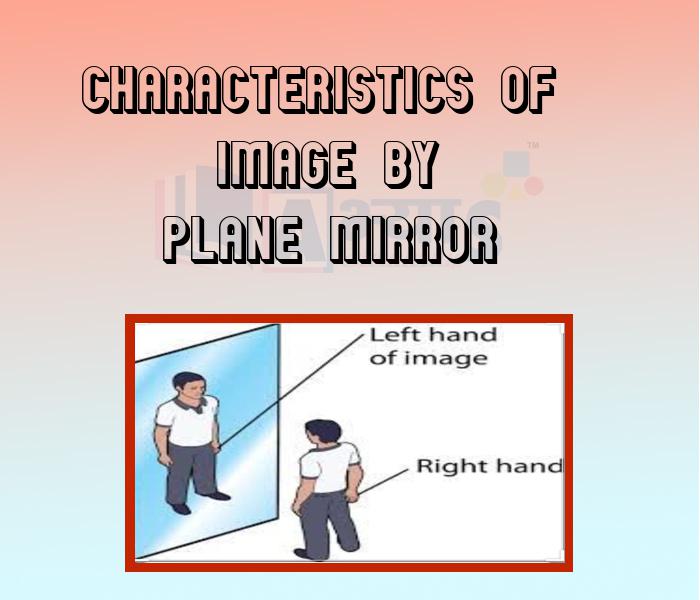
- Focal Length and Radius of Curvature

- Multiple Reflections

- Mirrors Placed At An Angle
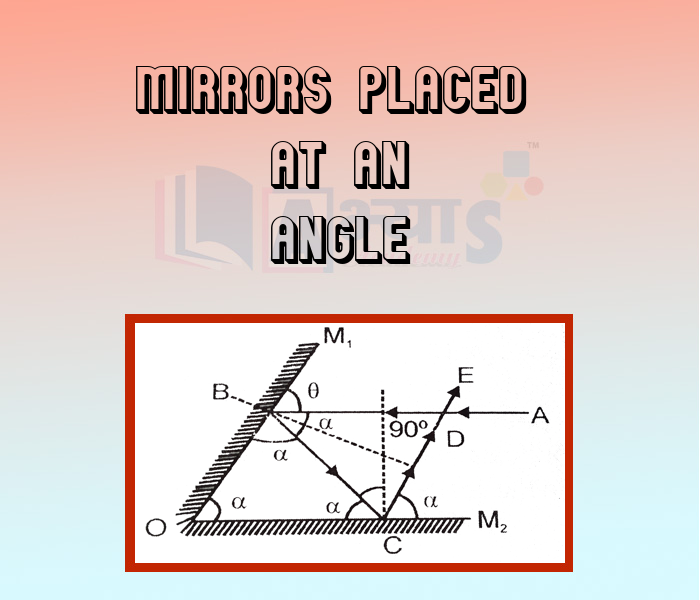
- Images Formed By Concave Mirrors -
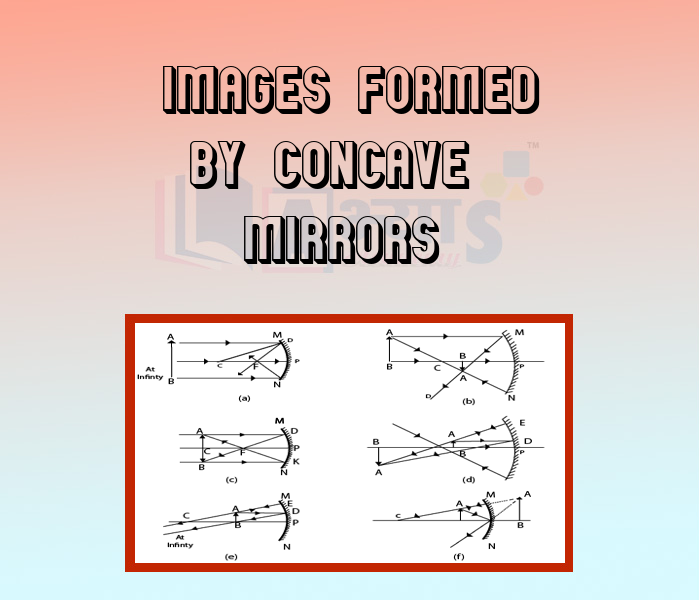
- Images Formed By Convex Mirrors -
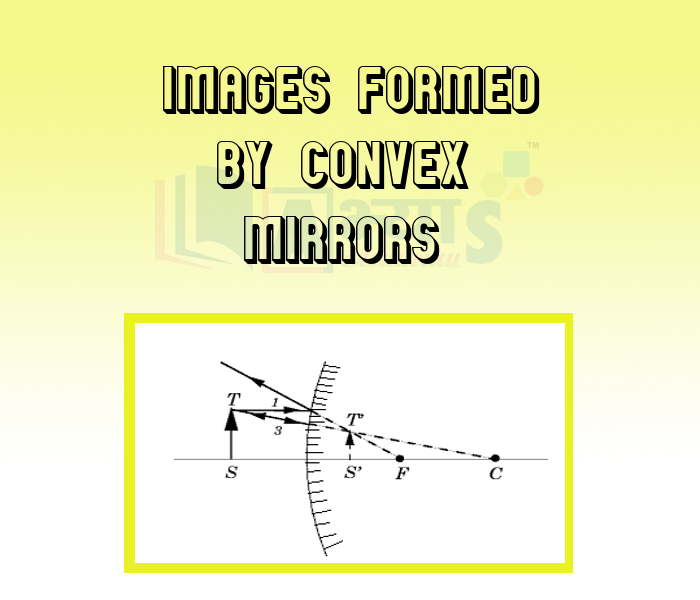
- Rules For Ray Diagrams -

- Sign Conventions
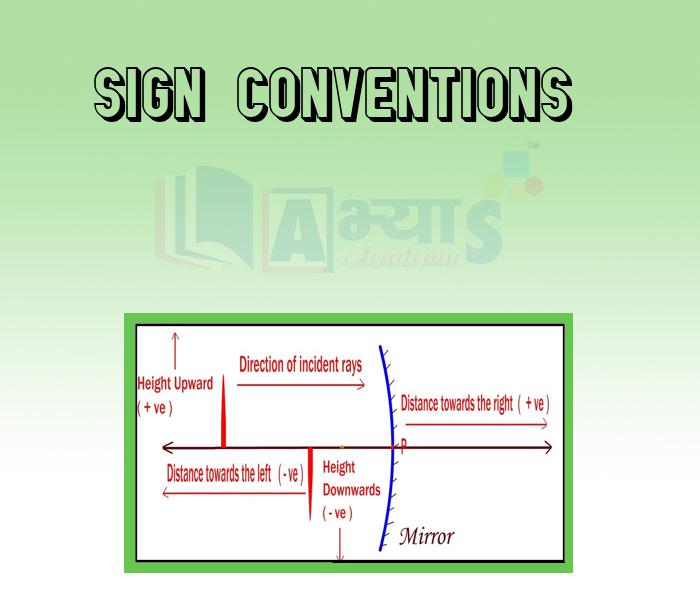
- Rays and Beam
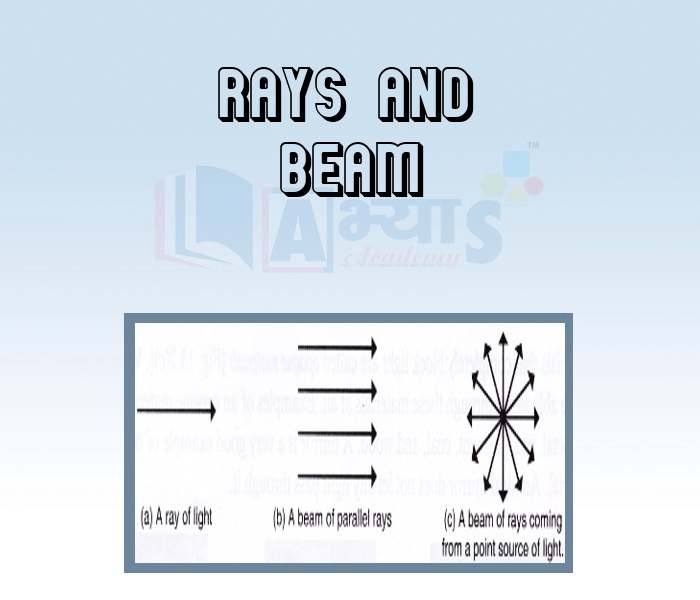
Explore Concepts (Click & View)
- Refraction of Light

- Laws of Refraction
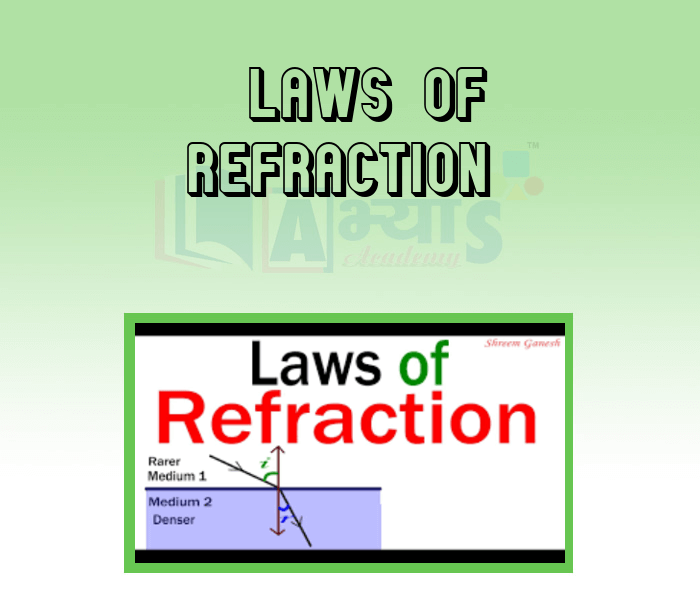
- Snells Law
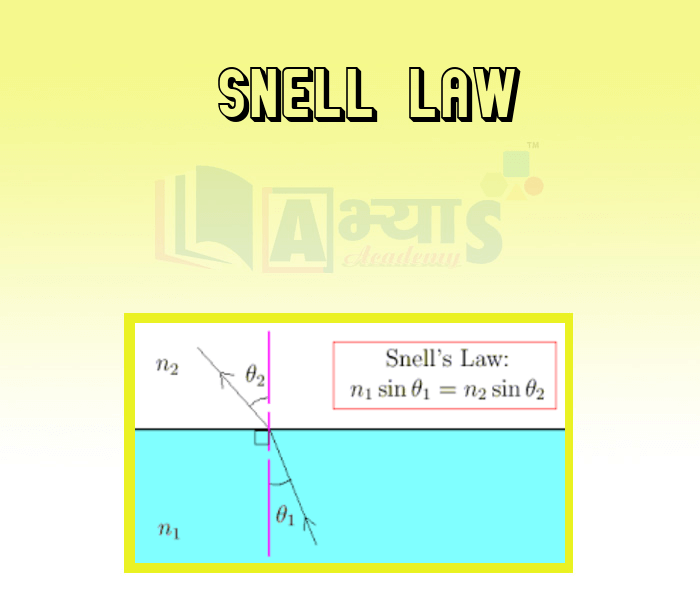
- Refractive Index
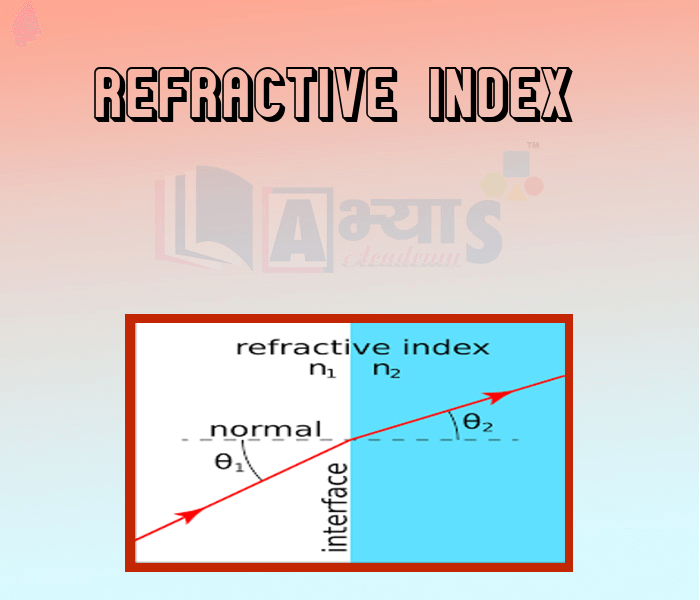
- Refraction in a Glass Slab

- Total Internal Reflection -

- Sparkling of Diamond

- Terms for Lenses

- Power of Lens

- Real and Virtual Images
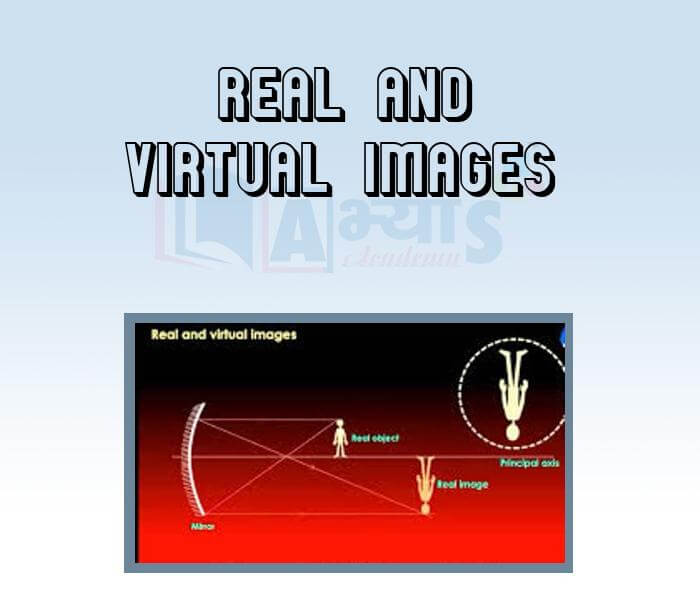
- Diverging Lens or Concave Lens -
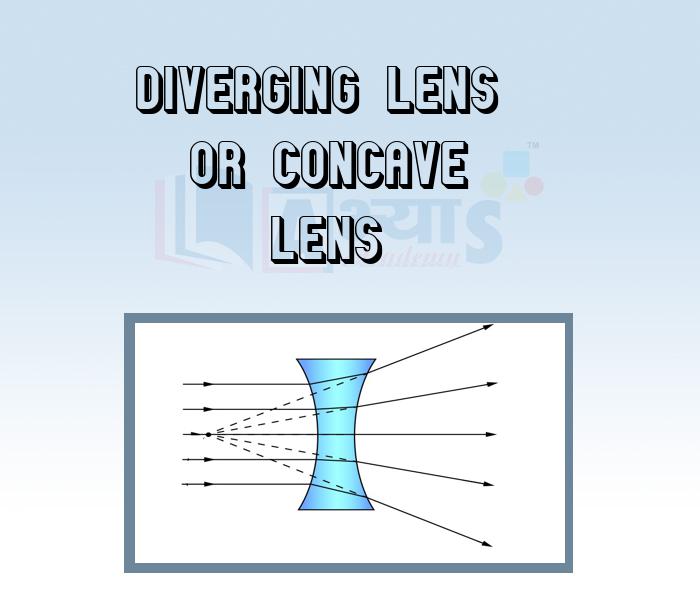
- Ray Diagram for Converging Lens -

- Lens Formula -
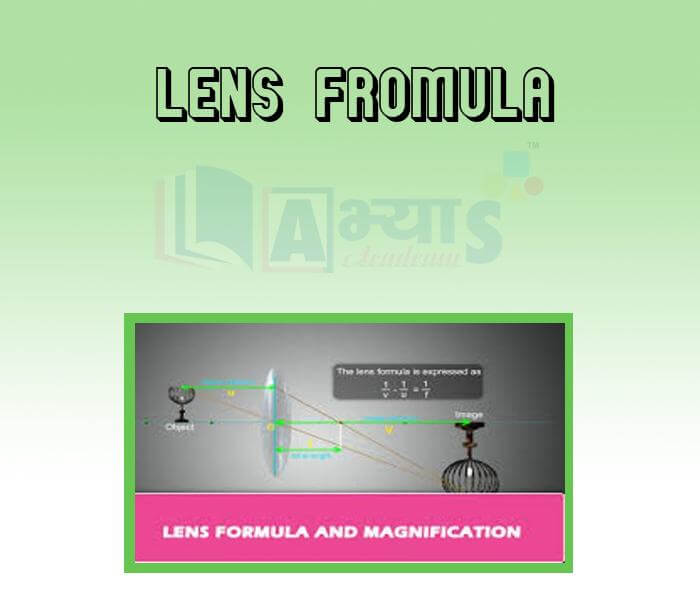
- Magnification of Lenses -

- Power of Combination of Lenses
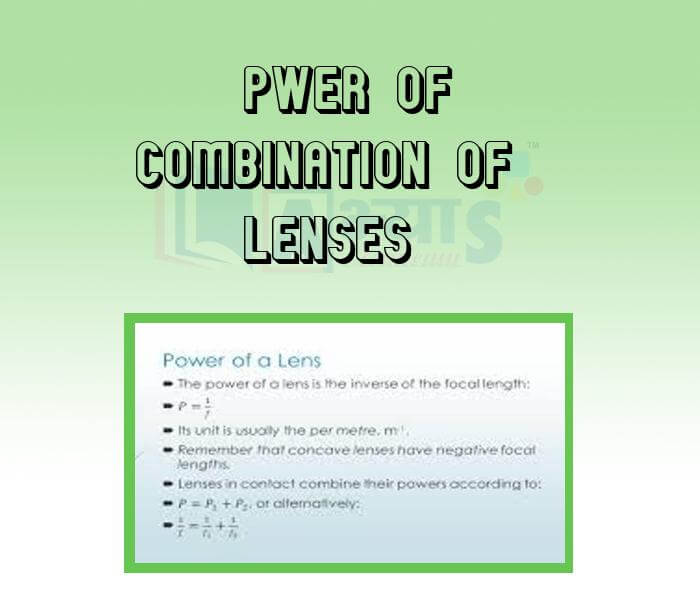
- Lens And Its Types
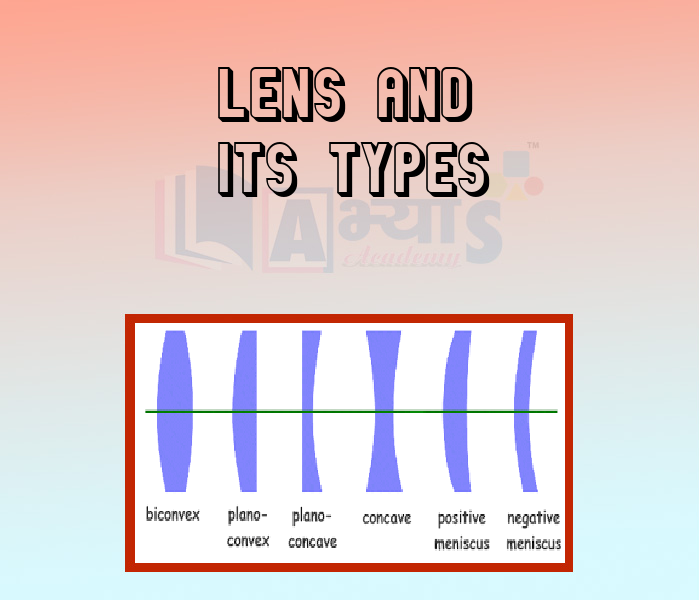
- Converging Lens or Convex Lens
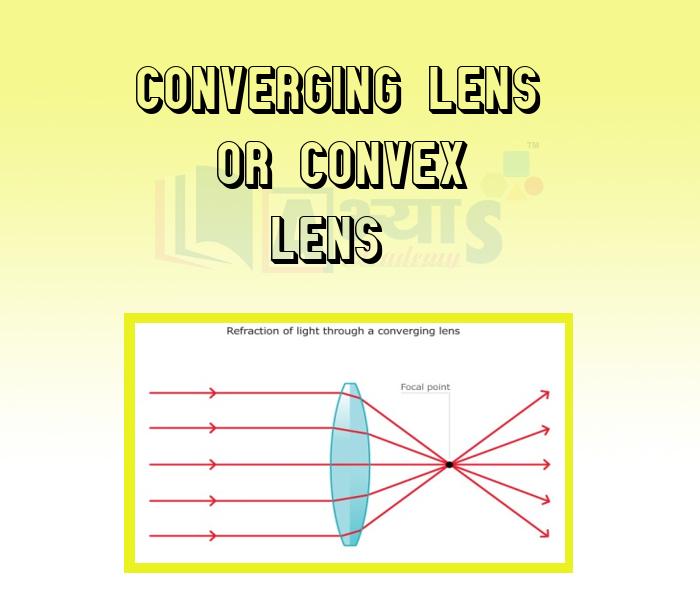
- Sign Conventions For Lenses

- Rules For Image Formation In Lenses -

Explore Concepts (Click & View)
- Electricity And Its Type
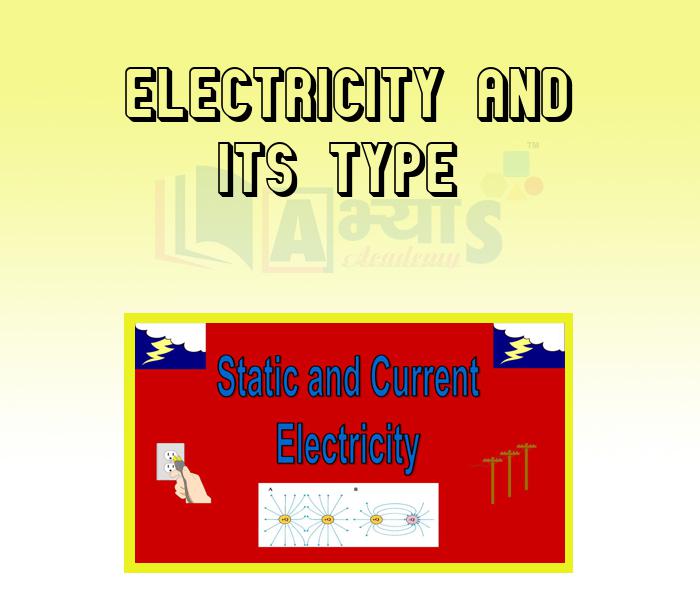
- Electric Charge -
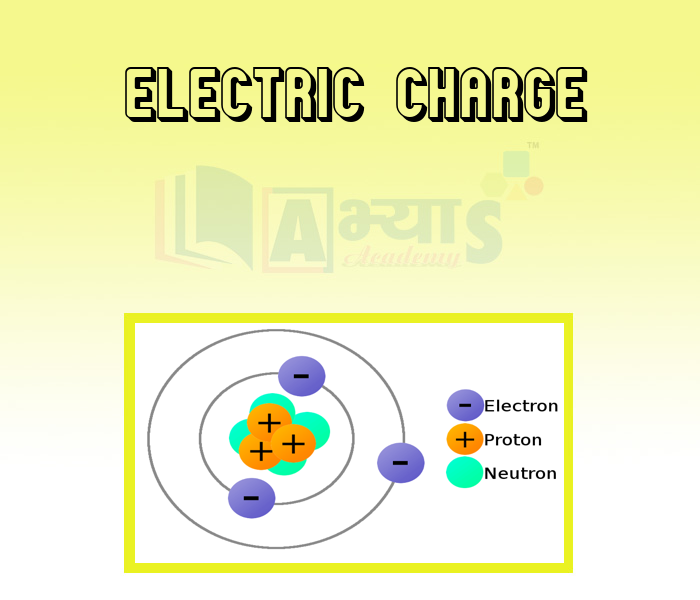
- Electric Current
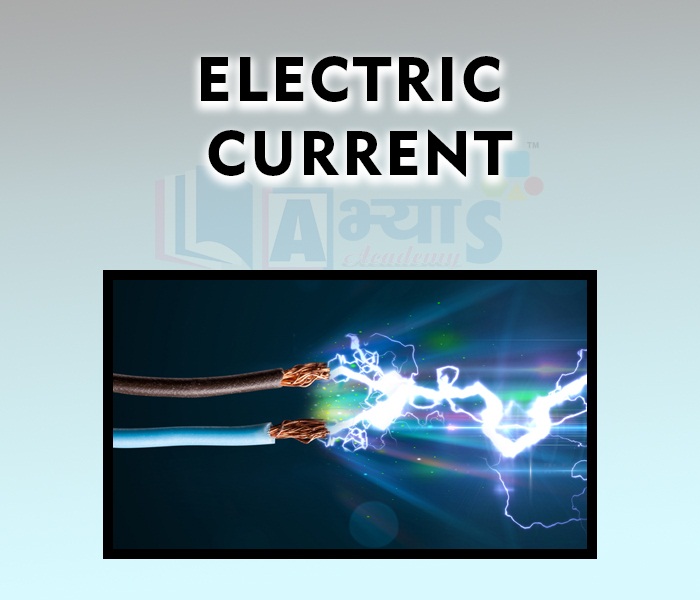
- Current Electron Relationship -

- Potential Difference -
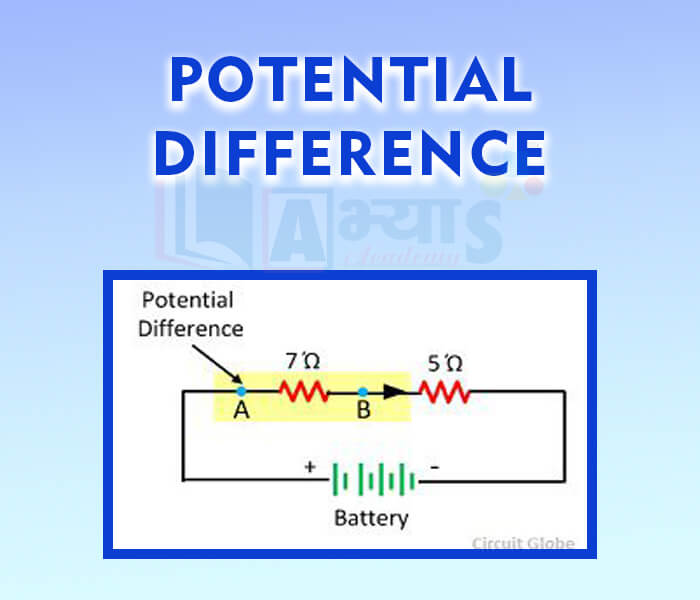
- Conductors and Insulators
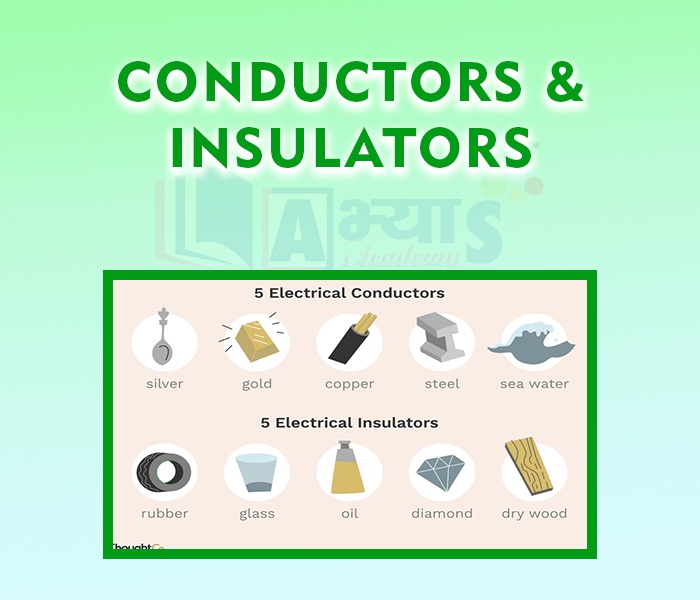
- Electric Circuit

- Open and Closed Circuits
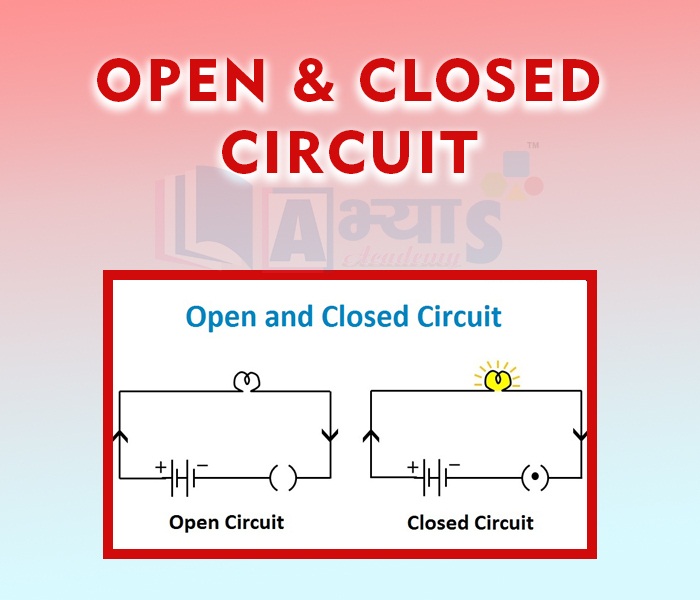
- Ohms Law -

- Verification of Ohms Law.
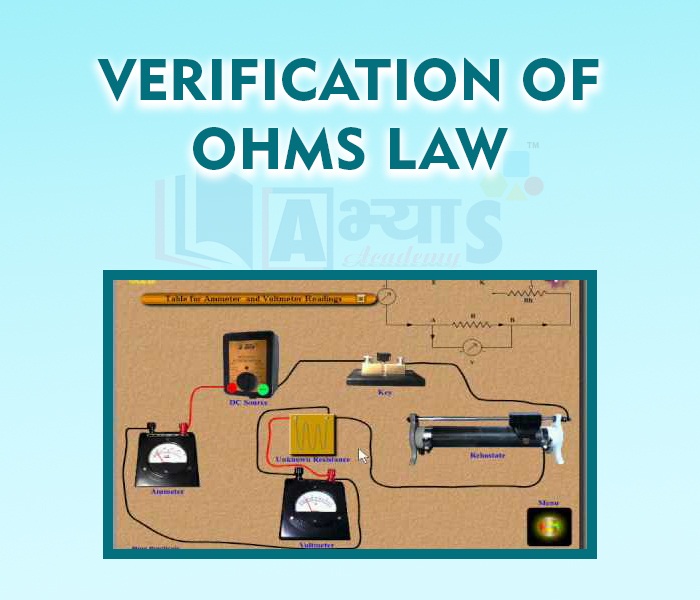
- Resistance -

- Resistance Depends on Length
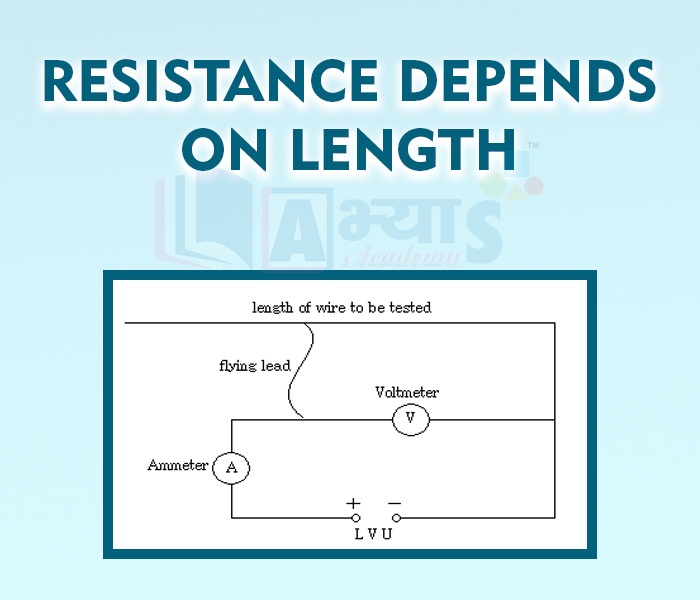
- Resistance Depends on Area of Cross Section

- Resistivity
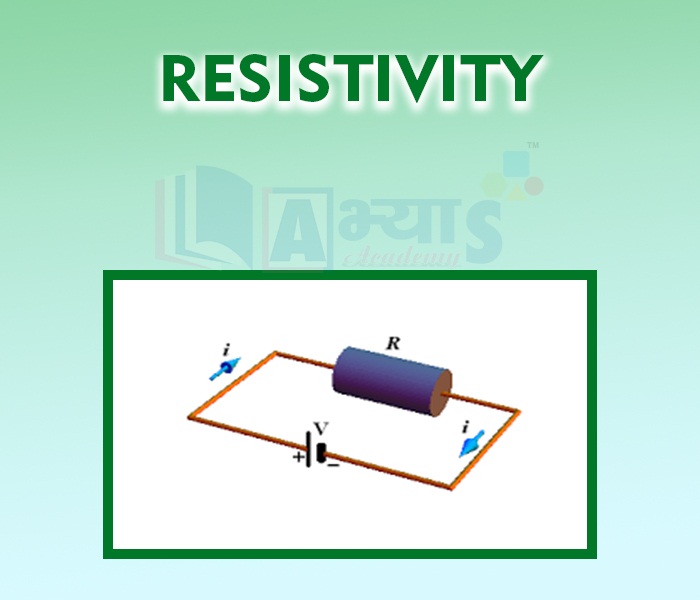
- Combination of Cells -
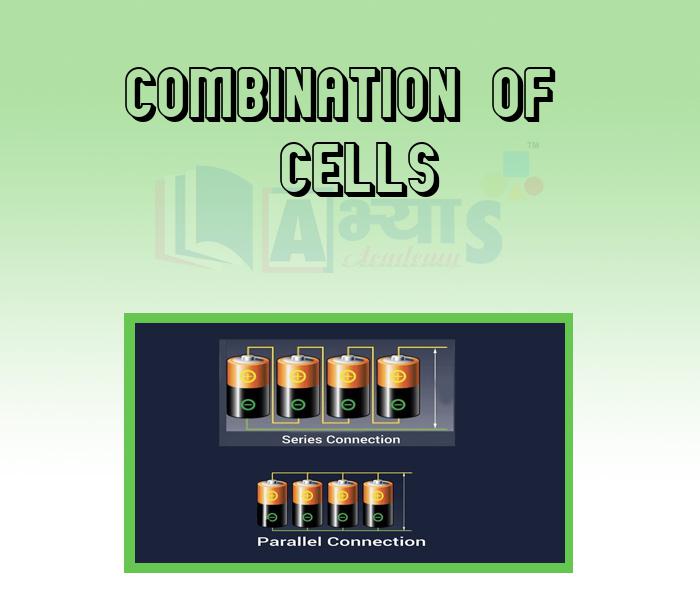
- Electricity And Its Importance
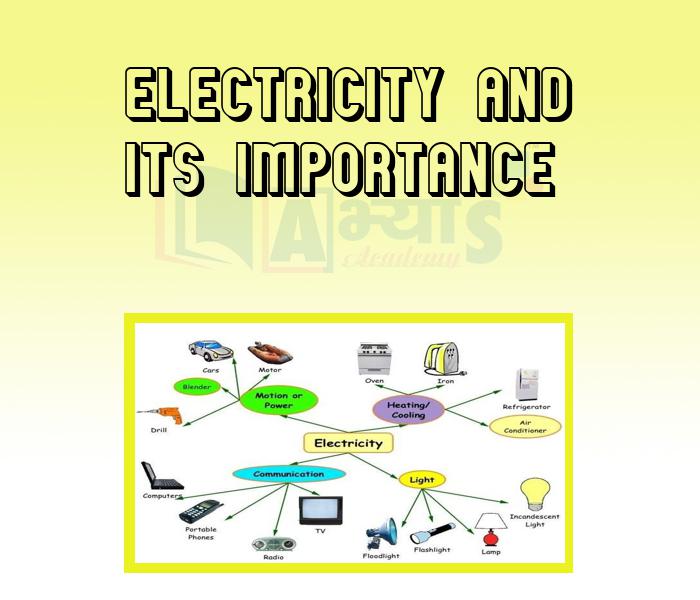
- Source of Electric Current
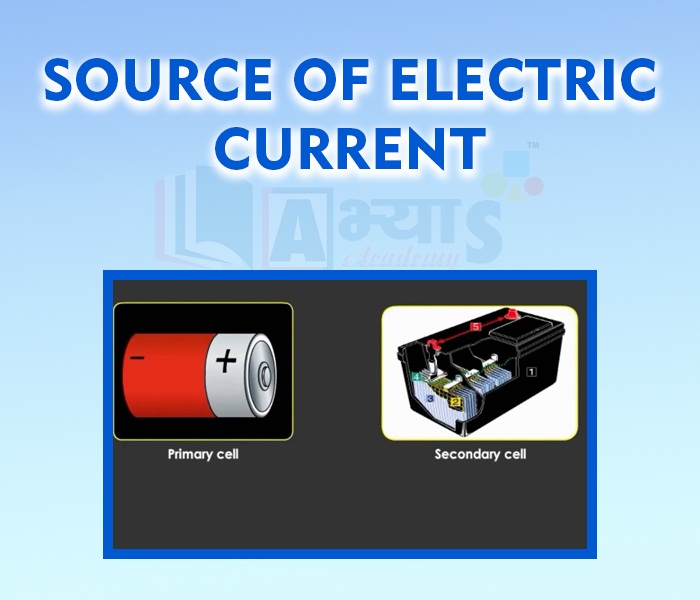
- Dry Cell

- Electric Cell And Its Types

Explore Concepts (Click & View)
- Series Connection of Resistors
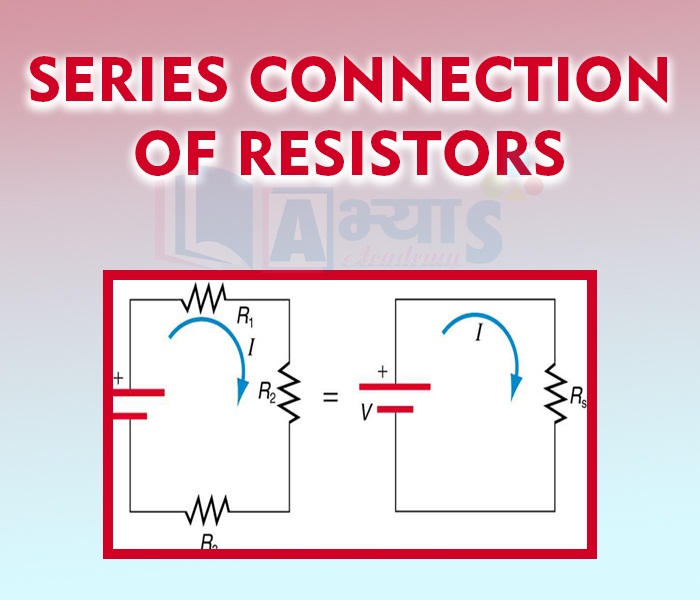
- Using an Ammeter to Measure Current -
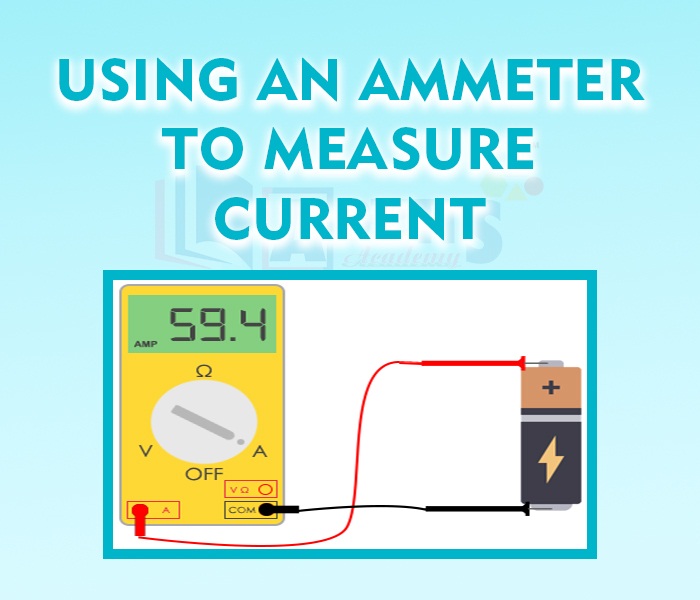
- Parallel Connection of Resistors
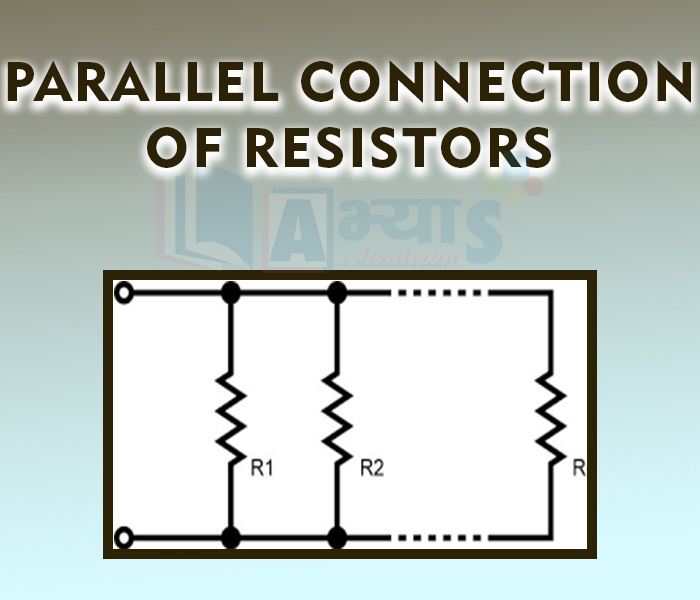
- Distribution of Current in Two Resistors in Parallel
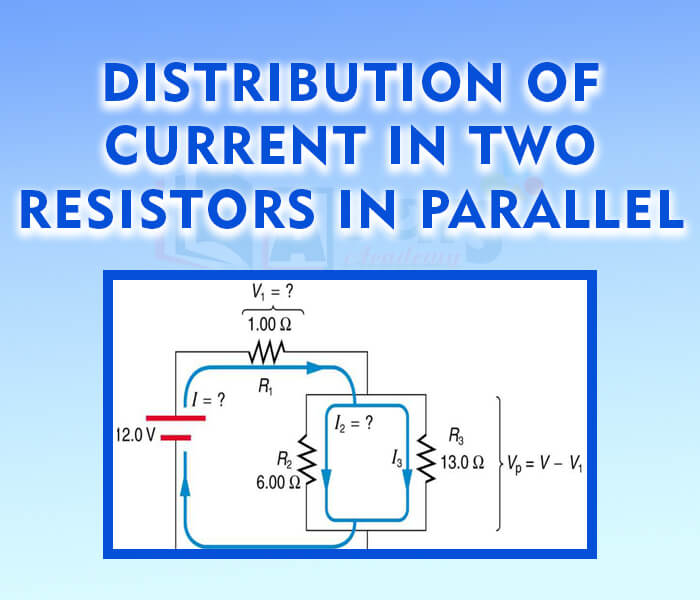
- Using A Voltmeter to Measure Potential Difference
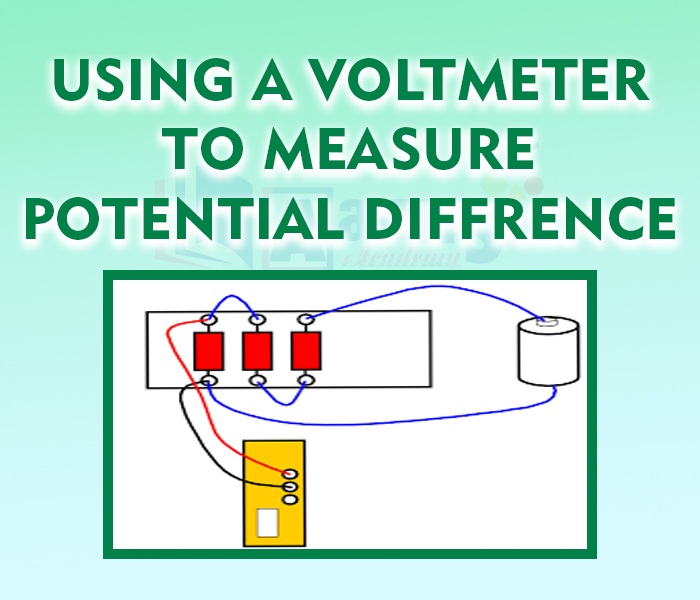
- Common Measuring Instruments

- Devices in Series and Parallel

- Heating Effect of Electric Current -
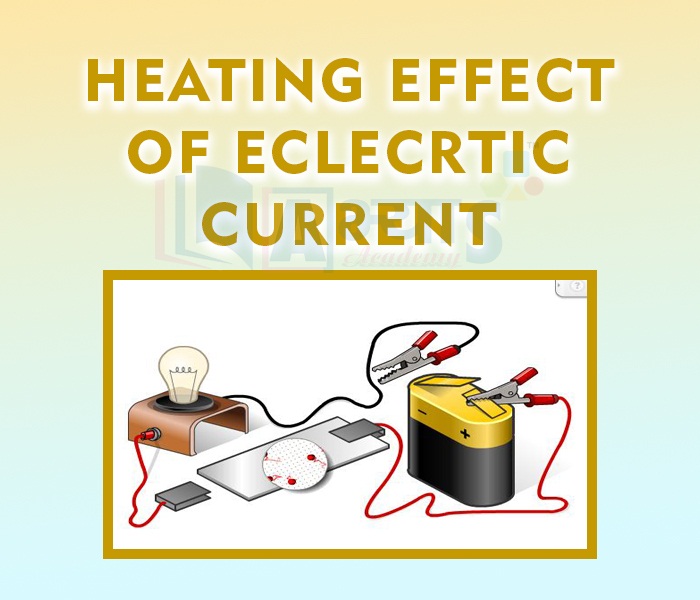
- Applications of The Heating Effect of Current
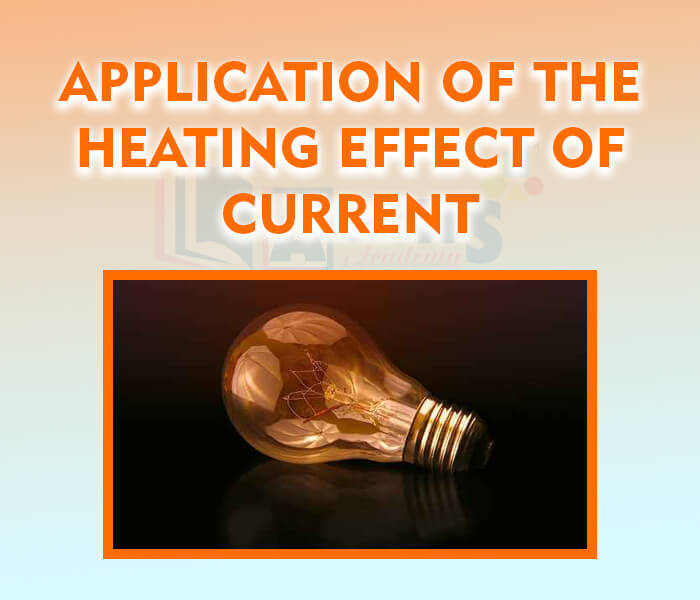
- Safety Precautions

- Electric Fuse -

- Disadvantages of The Heating Effect of Current

- MCB

- Electric Power

- Rating of Electric Appliances

- Solar Cell As Source of Electricity -
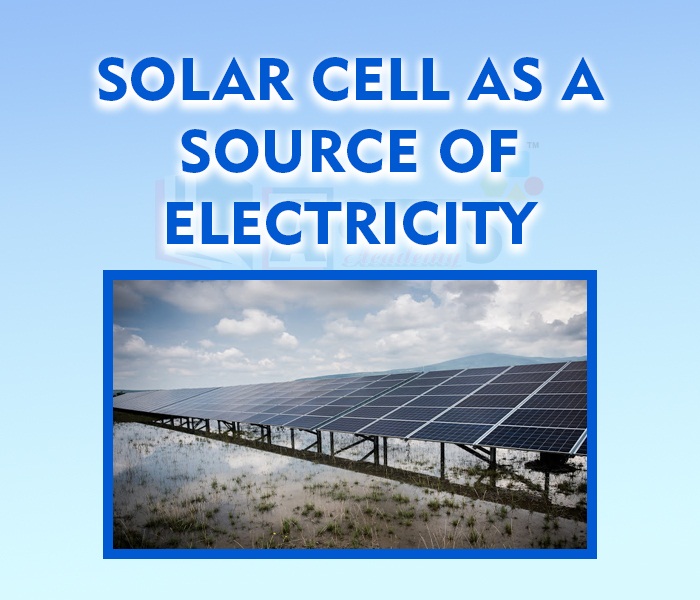
Explore Concepts (Click & View)
- Magnetism

- Magnets And Its Type
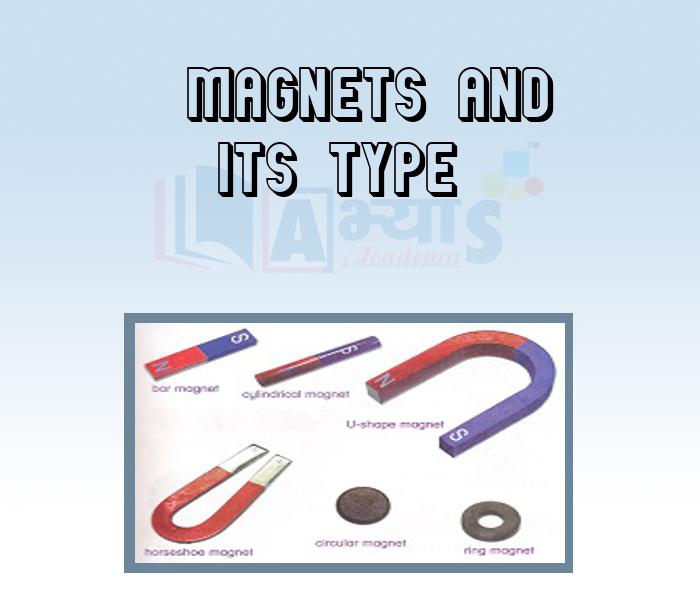
- Poles of a Magnet
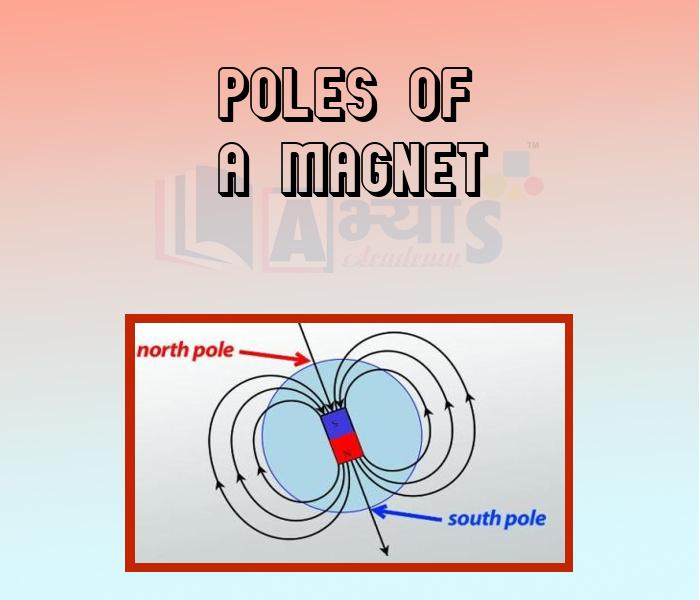
- Attraction and Repulsion -
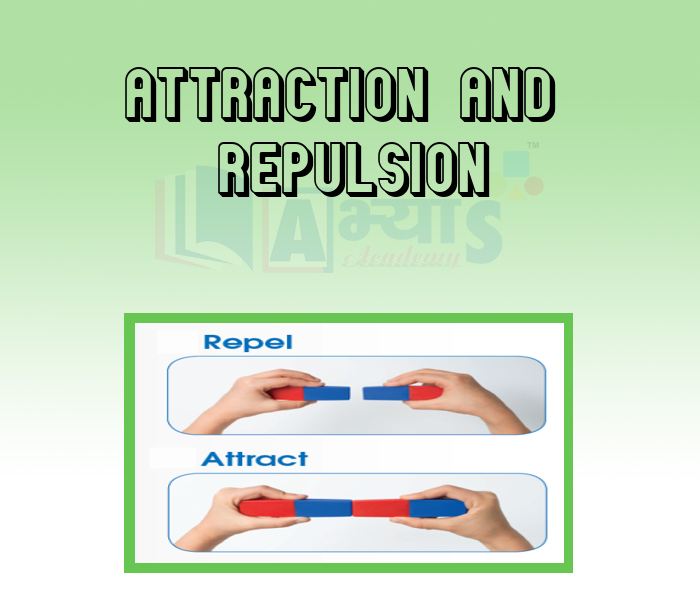
- Uses of Magnets
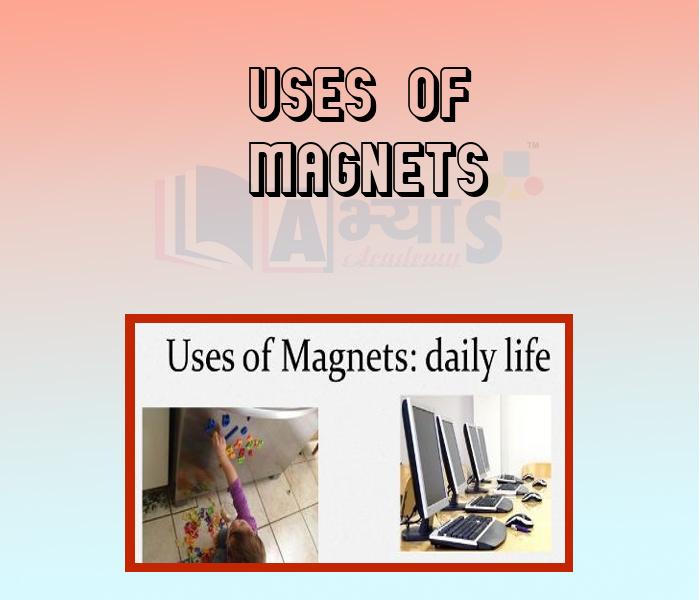
- Magnetic Field
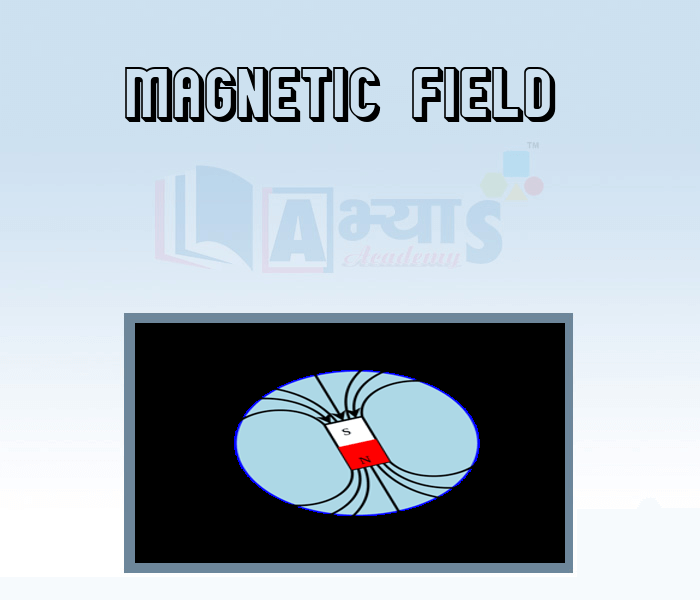
- Magnetic Effects of Current

- Magnetic Field produced by Electric Curent
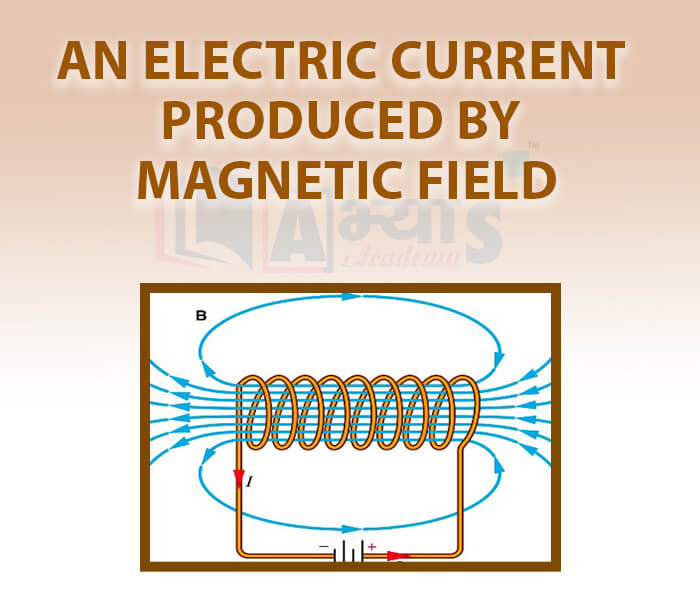
- Magnetic Field due to Straight Conductor
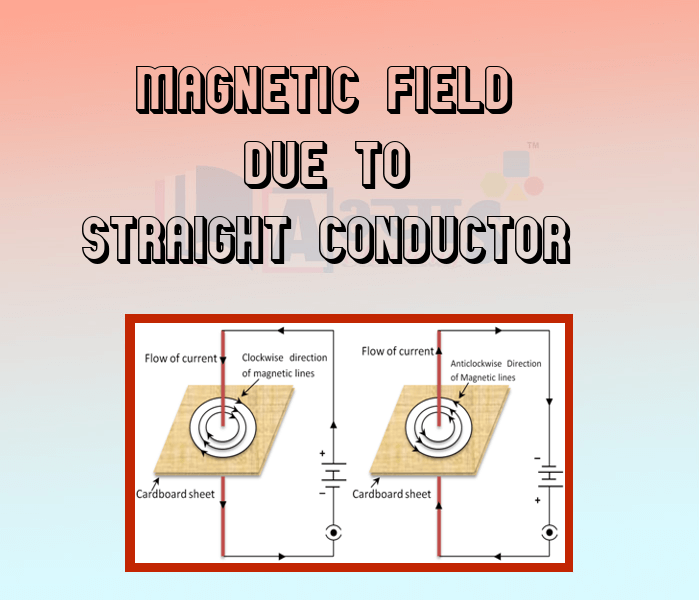
- Maxwell Right Hand Thumb Rule
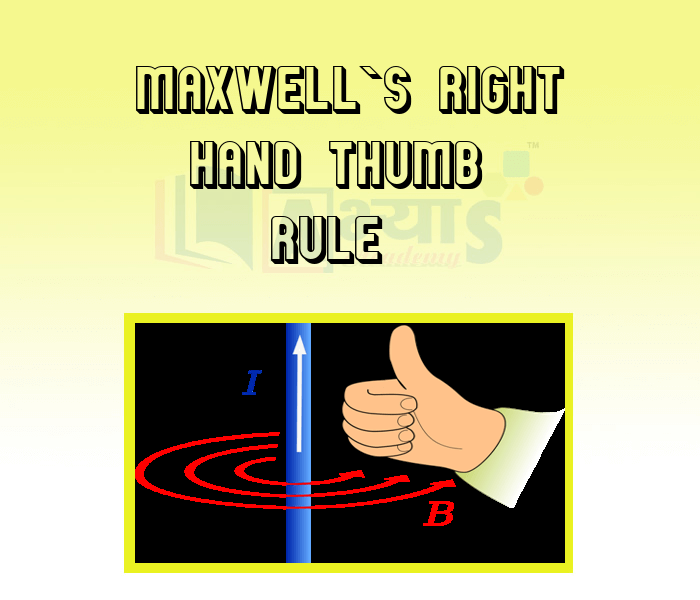
- Magnetic Field due to current in a circular loop
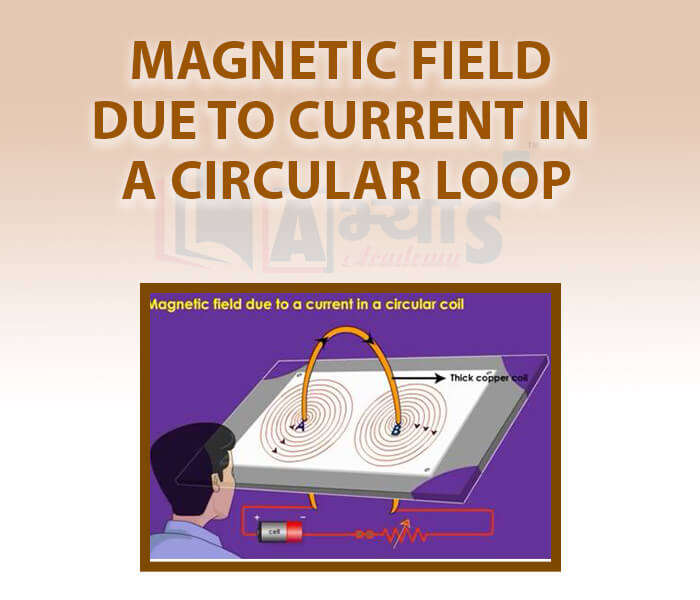
- Electro Magnet
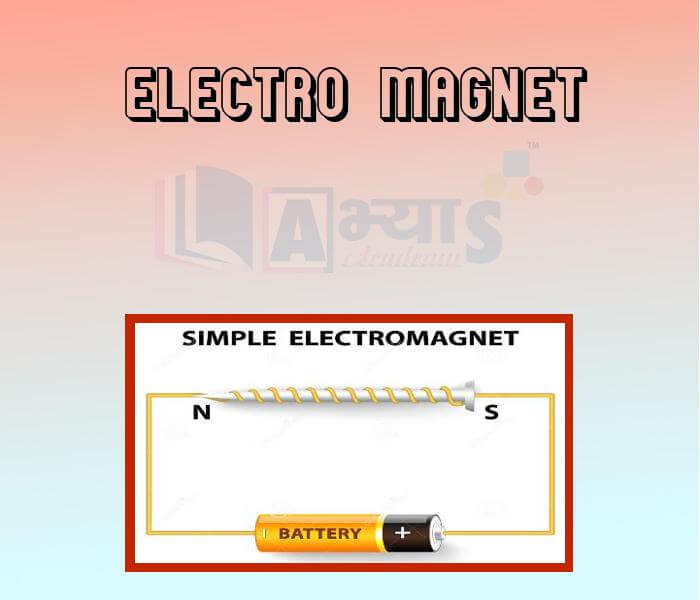
- Magnetic Field exerts force on a current carrying conductor

- Fleming Left Hand Rule

- Magnetic Field due to Solenoid

- DC Motor
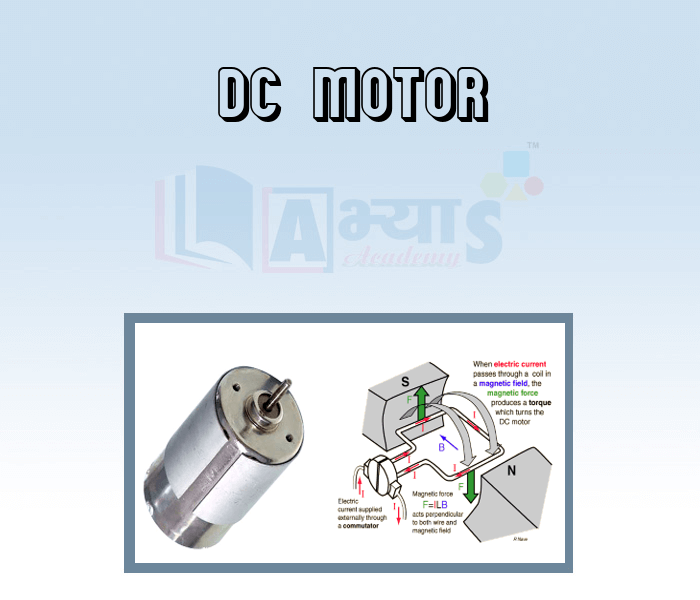
- Use of Electro Magnet Electric bell

- Magnetic Compass
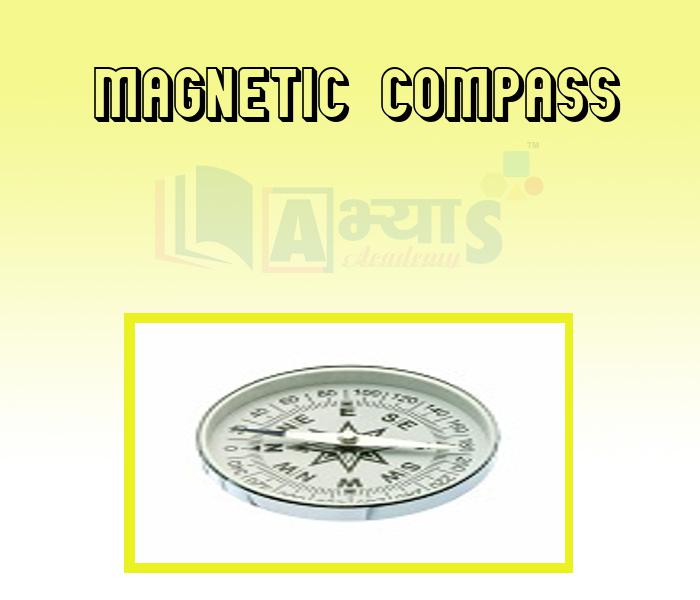
- Discovery of Magnets
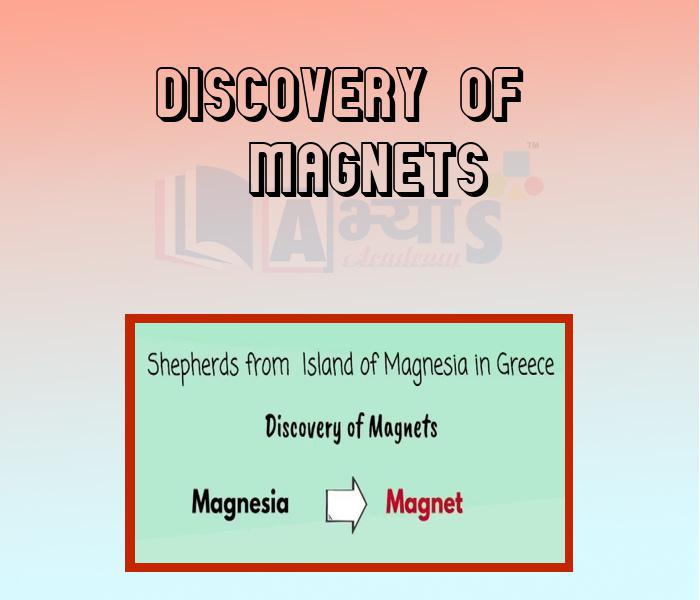
- Demagnetisation

- Earth As A Magnet
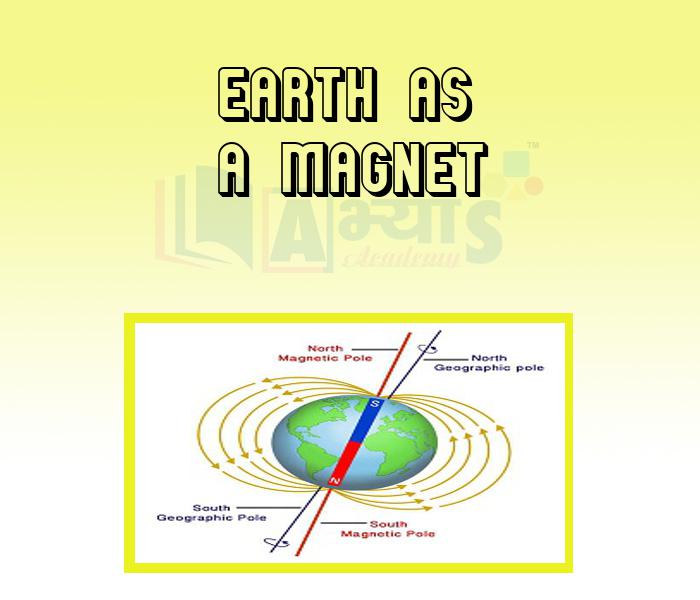
- Making Of A Magnet -

- Properties of Magnets

- Types of Magnetic Material
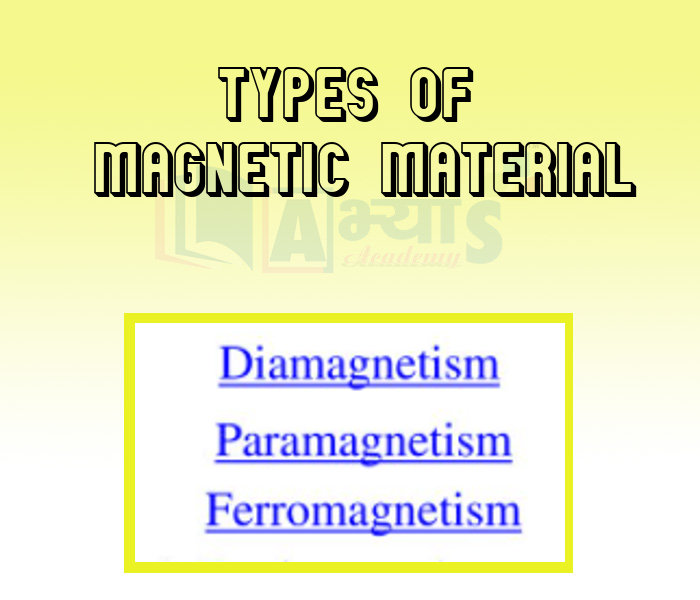
Explore Concepts (Click & View)
- Domestic Electric Circuits
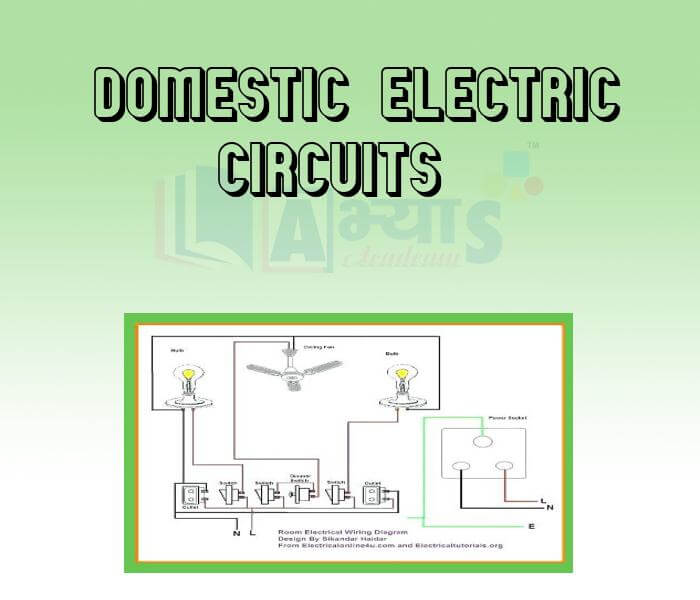
- Alternating Current
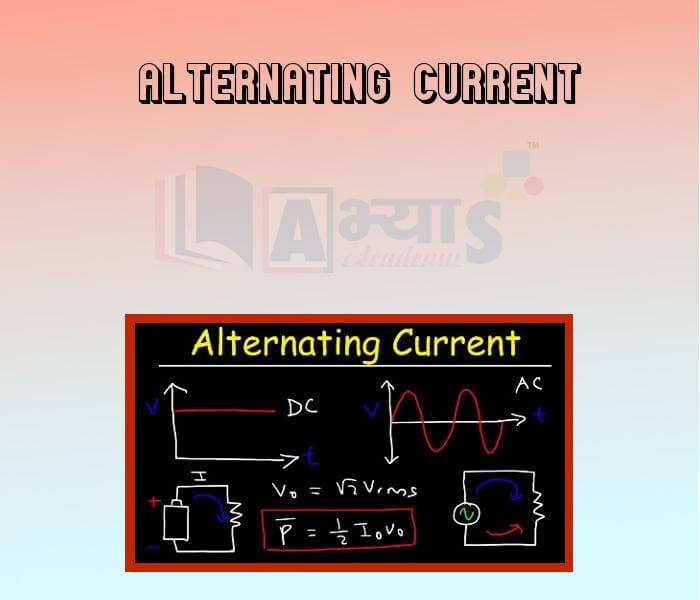
- AC Generator
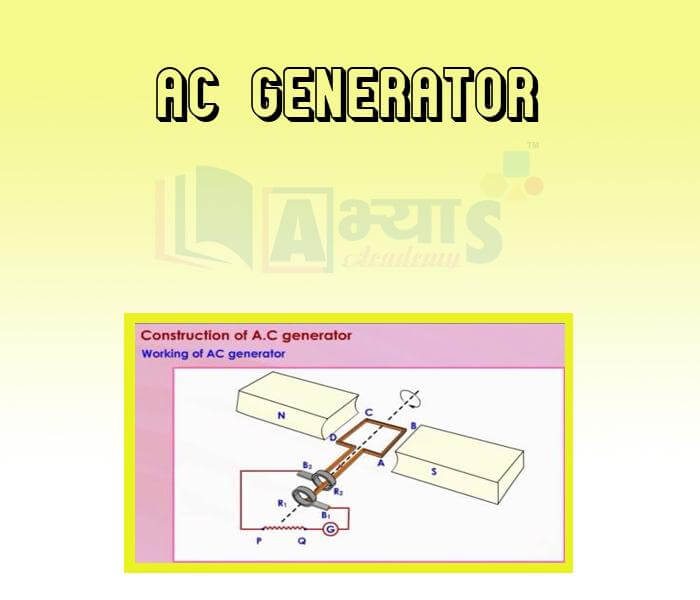
- DC Generator

- Live, Neutral and Earth Wire
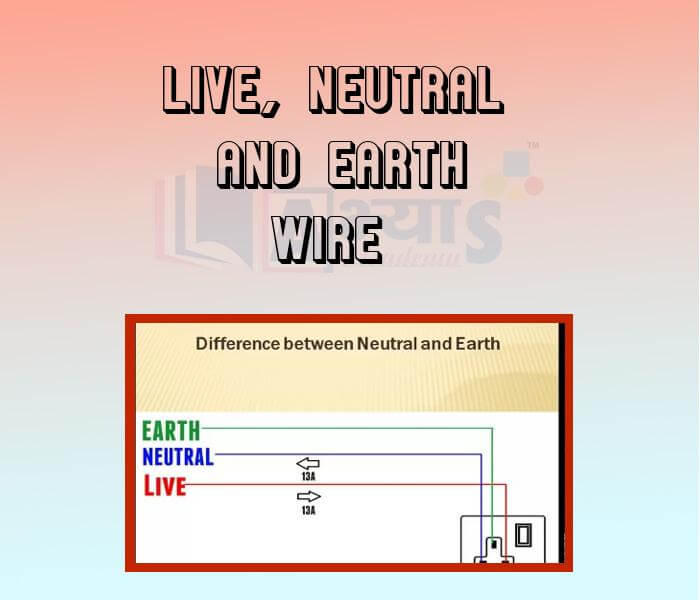
- Fleming Right Hand Rule
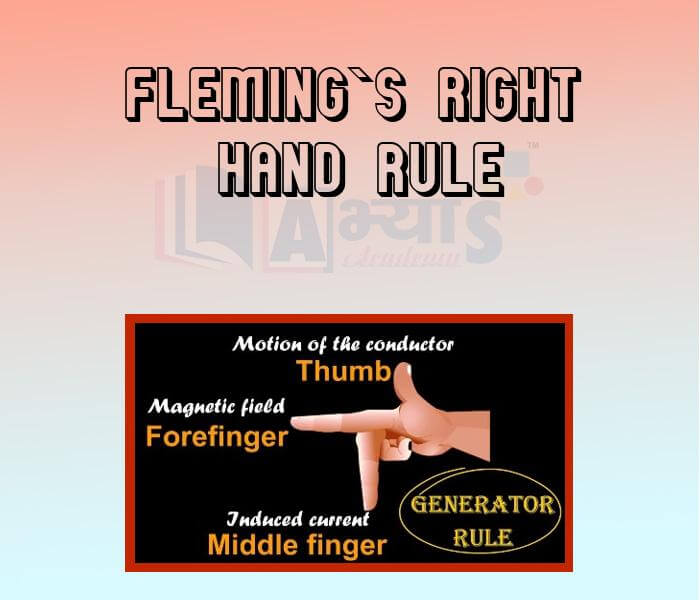
- Electro-Magnetic Induction
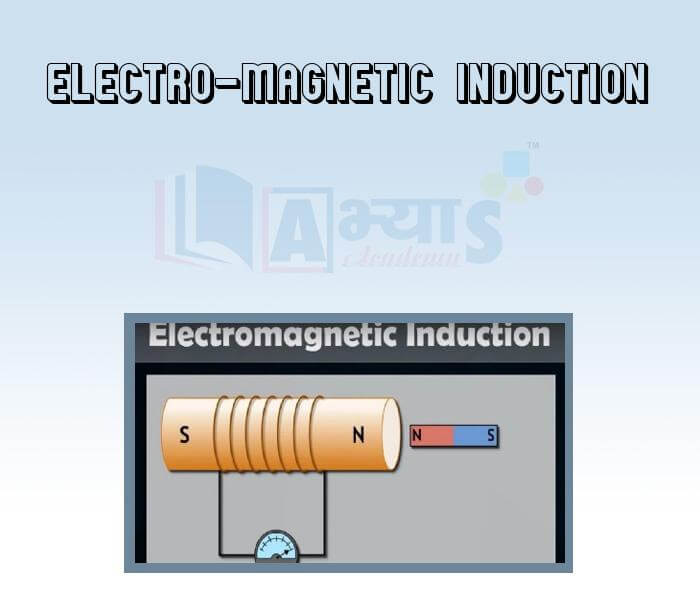
- Electric Problems and Safety Measures

- Earthing

Explore Concepts (Click & View)
- Good Sources of Energy

- Classification of Sources of Energy
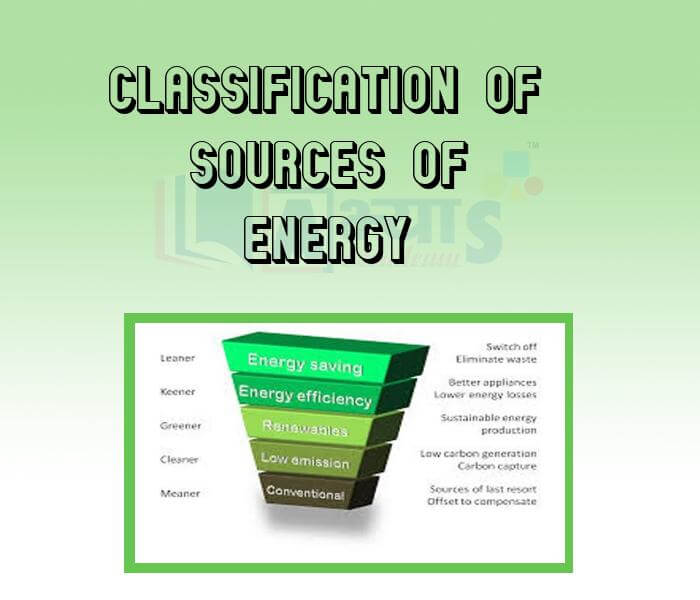
- Renewable and Non Renewable Source of Energy

- Conventional and Non Conventional Source of Energy

- Fossil Fuel

- Hydro Energy
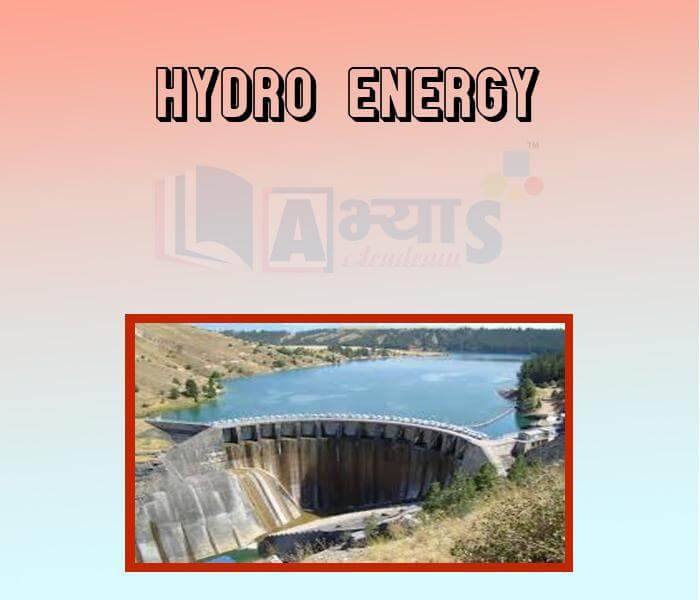
- Wind Energy

- Bio Mass Energy
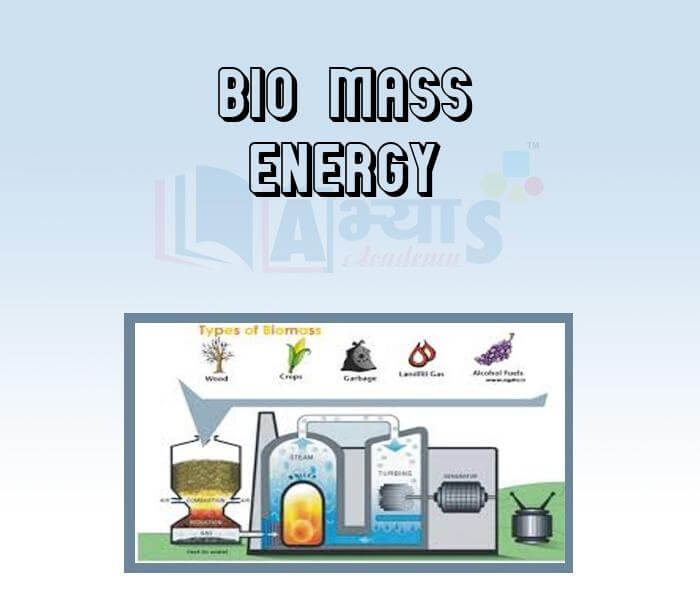
- Bio Gas Plant

Explore Concepts (Click & View)
- Solar Energy
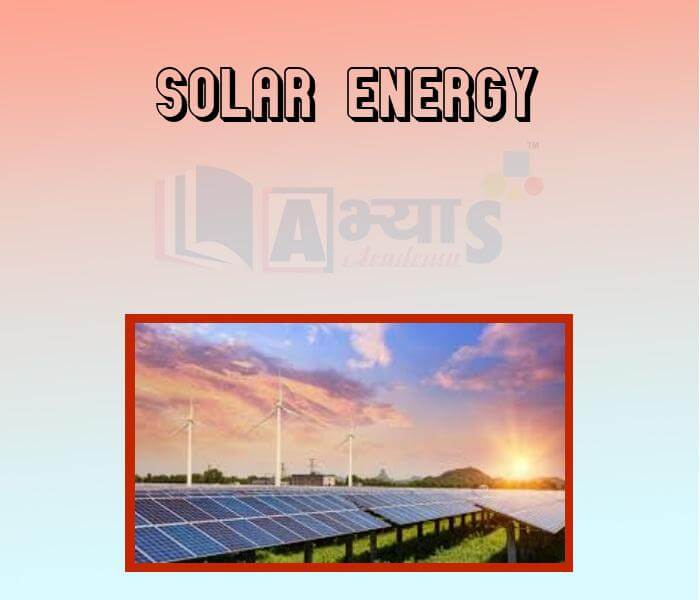
- Solar Cooker
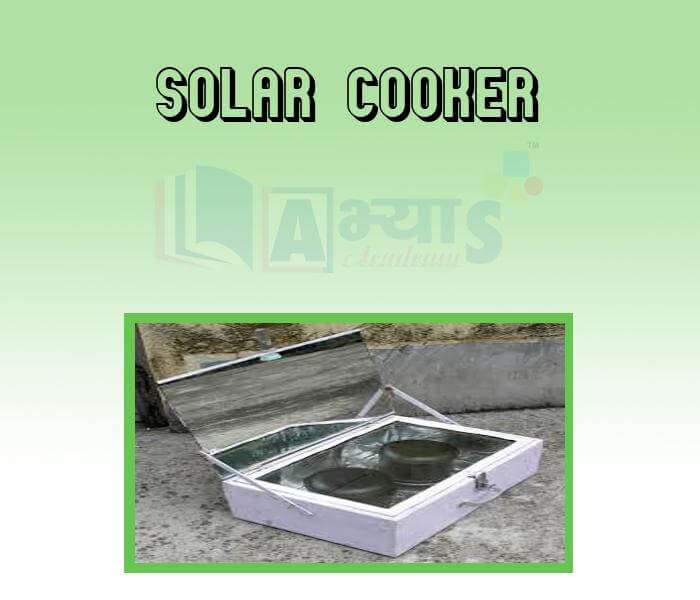
- Solar Water Heater

- Solar Cell
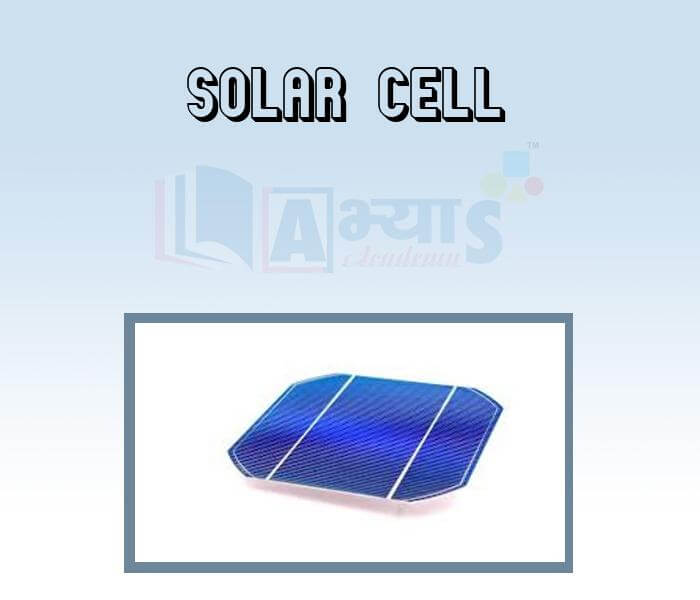
- Solar Panel

- Electricity From The Ocean
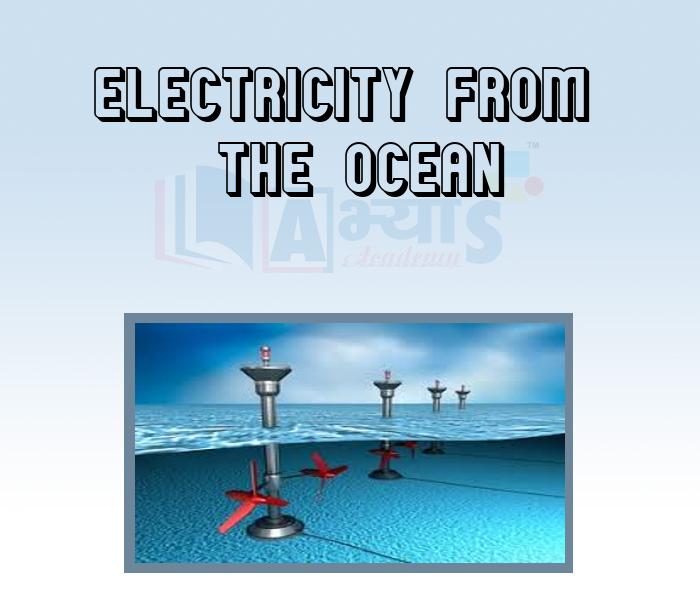
- Generating Electricity From Tides

- Generating Electricity From Ocean Waves
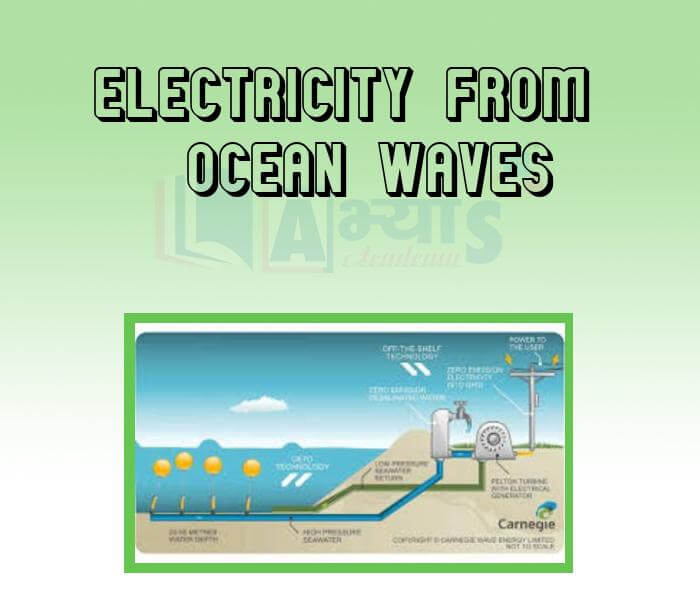
- Ocean Thermal Energy Conversion
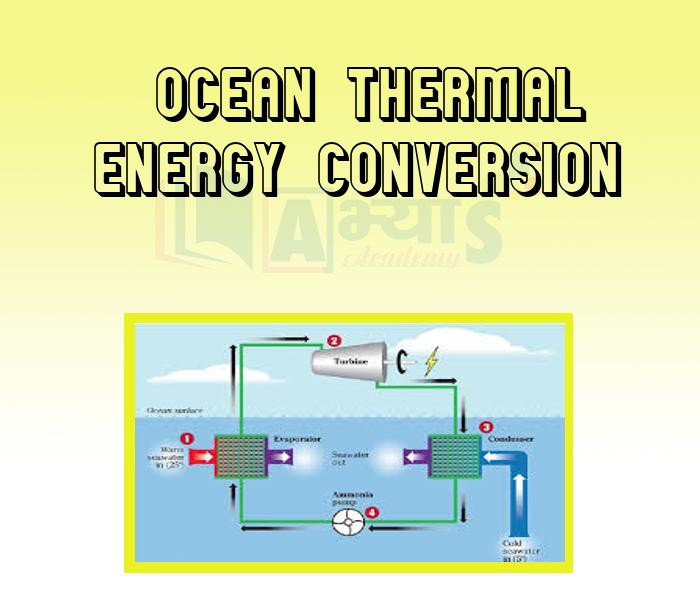
- Geothermal Energy
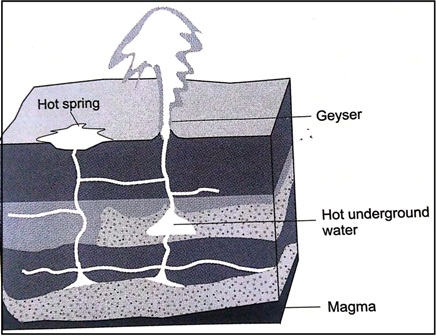
- Nuclear Fission

- Chain Reaction

- Nuclear Power Plant
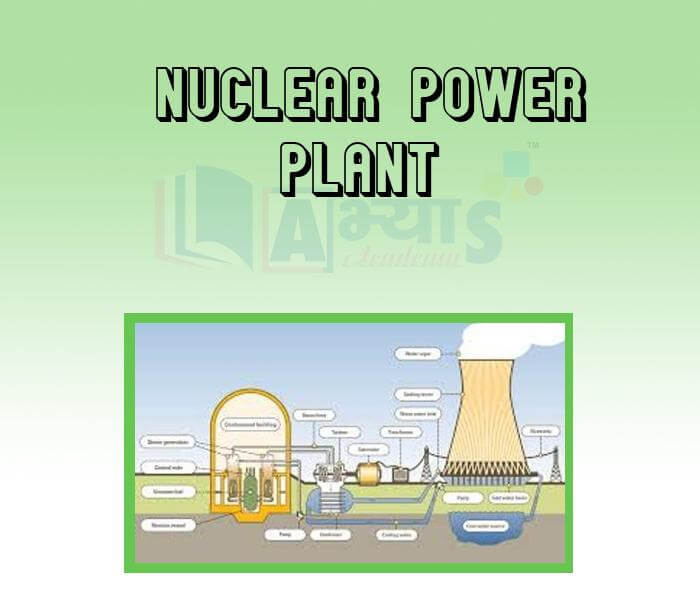
- Nuclear Fusion

- Using Energy Judiciously

- Nuclear Energy
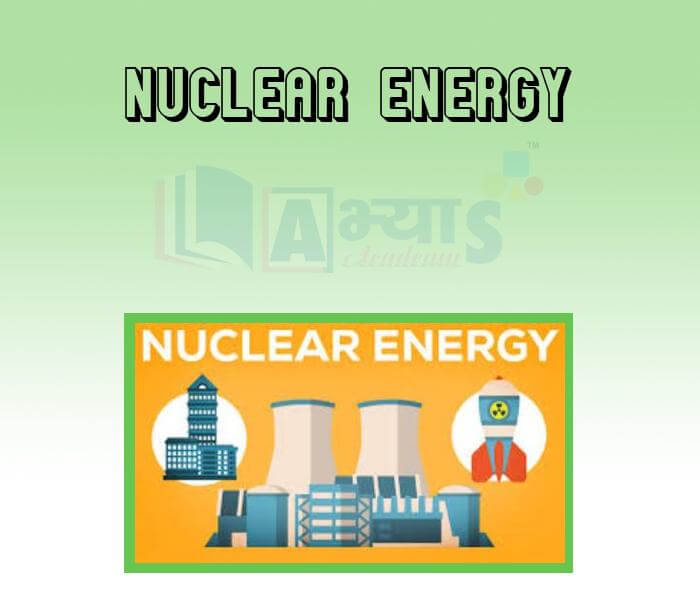
Explore Concepts (Click & View)
- Construction of an Eye
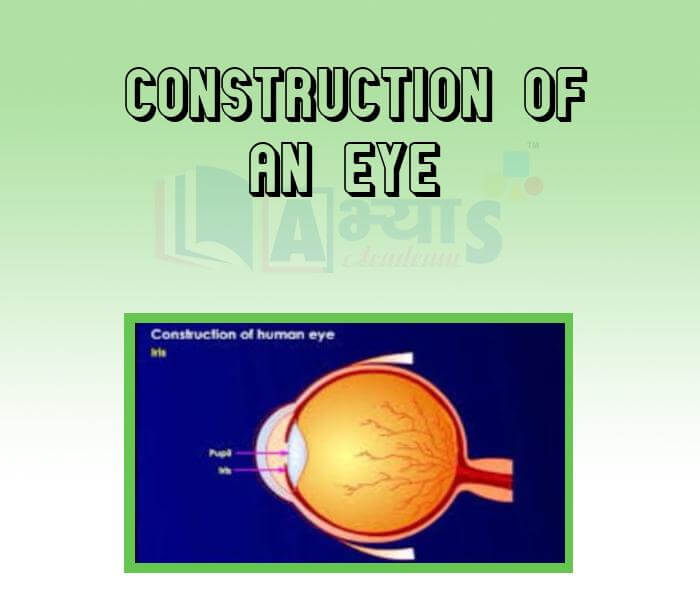
- Working of an Eye

- Formation of image of an Eye

- Sensing and passing of image information
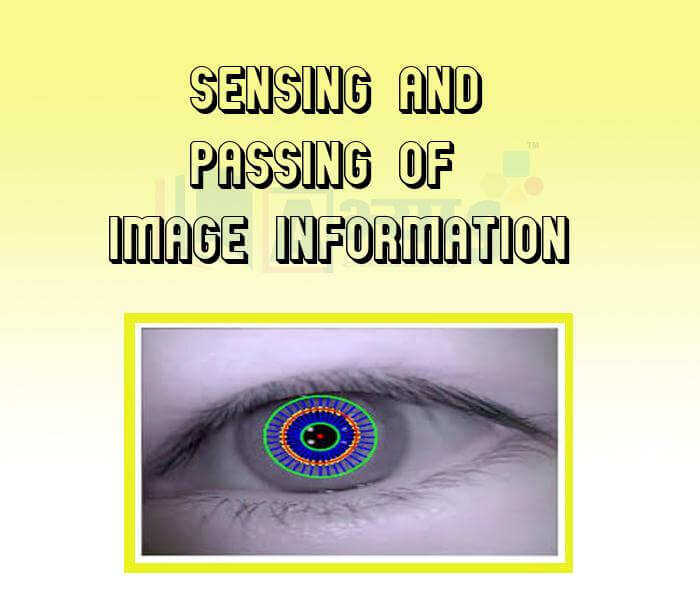
- Accommodation of an Eye
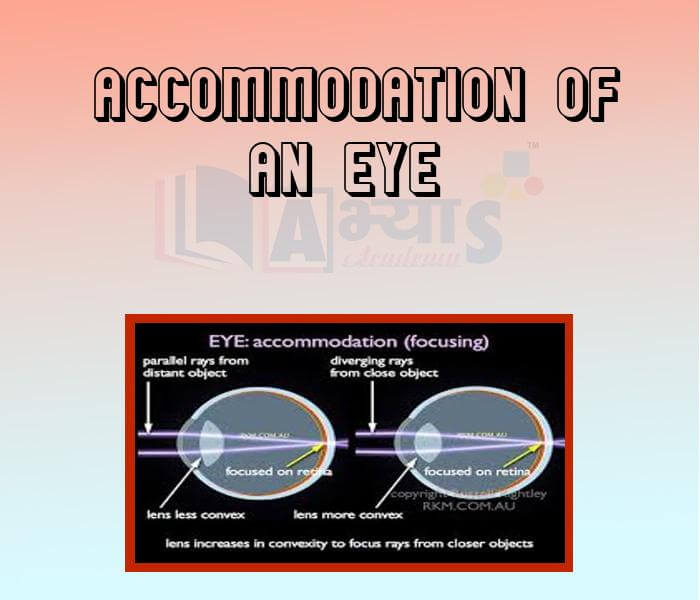
- Far point and near point in an Eye

- Defects of vision
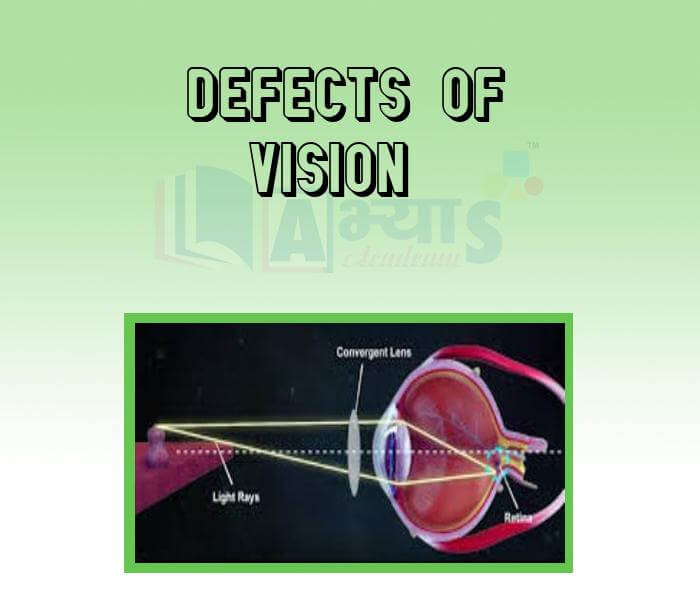
- Far Sightedness Hypermetropia
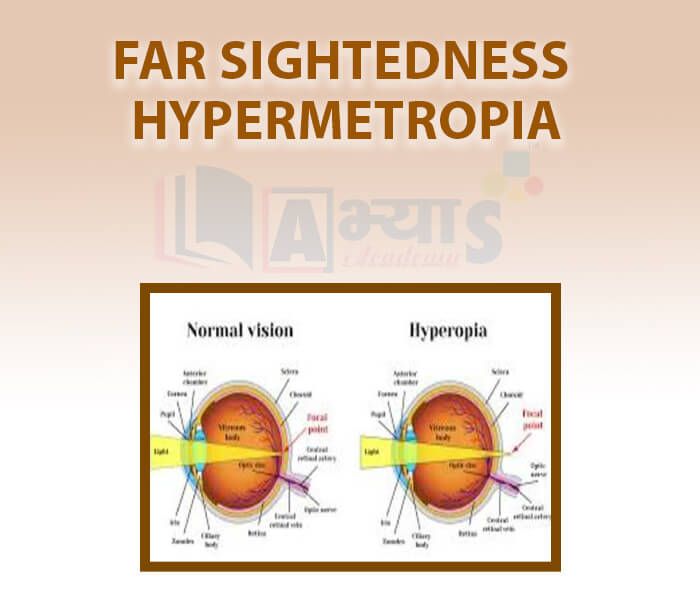
- Near sightedness Myopia

- Presbyopia

- Other problems of the Eye
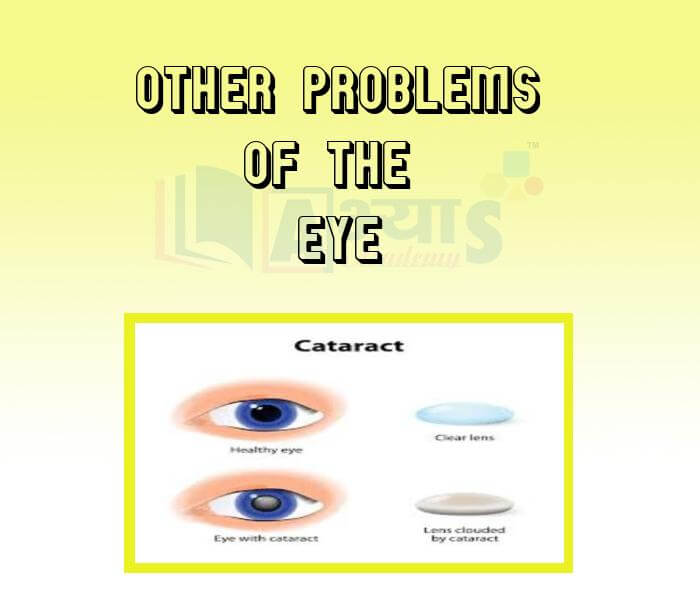
- Contact lens

- Atmospheric Refraction
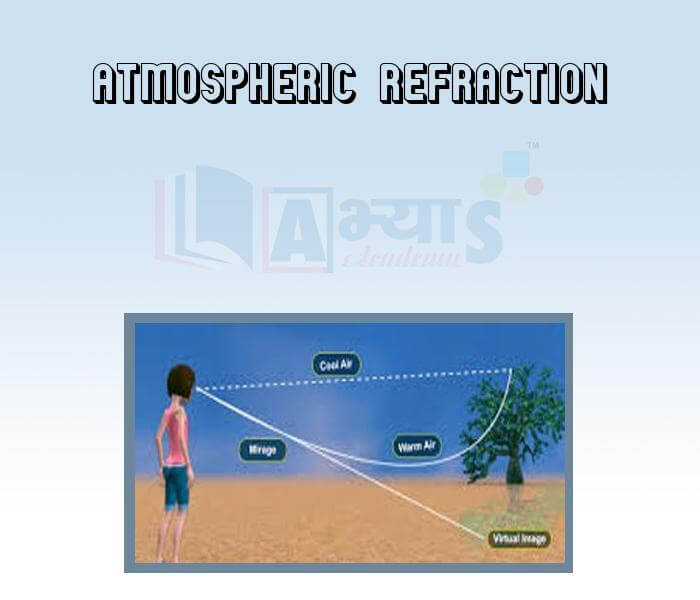
- Early Sunrise and Late Sunset

- Twinkling of stars
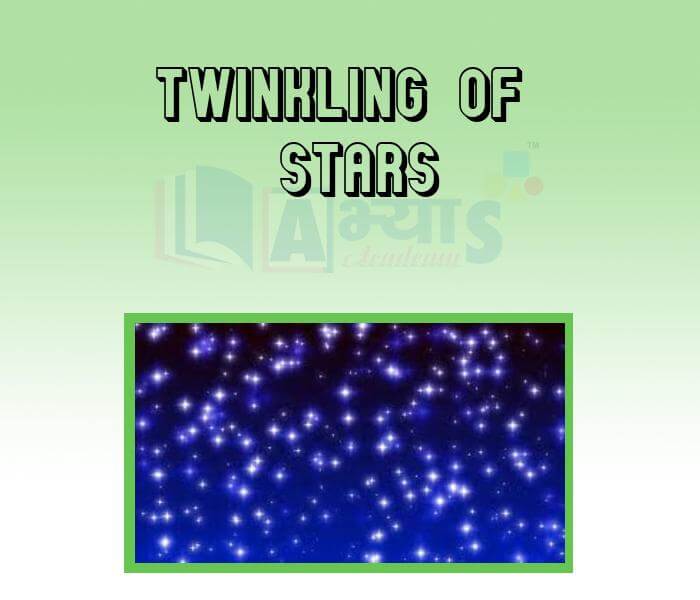
Explore Concepts (Click & View)
- Deacceleration
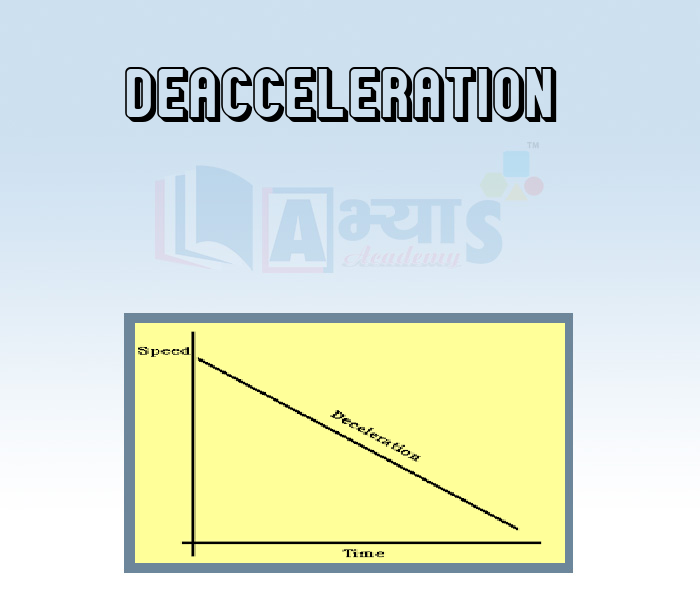
- Difference Between Speed and Velocity
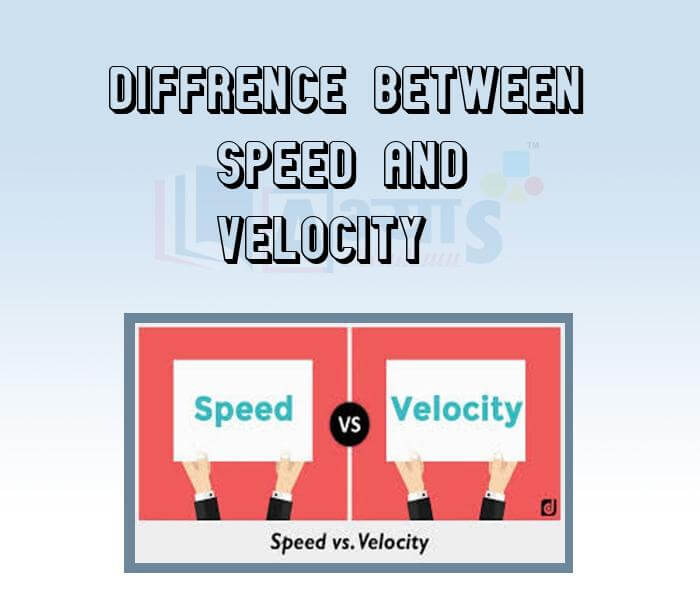
- Velocity

- Measurement of Time

- Uniform and Non-Uniform Velocity
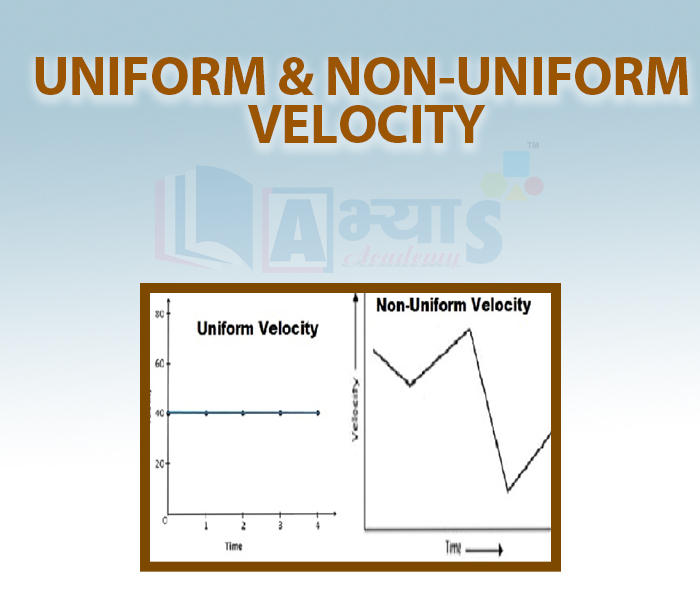
- Types of Motion
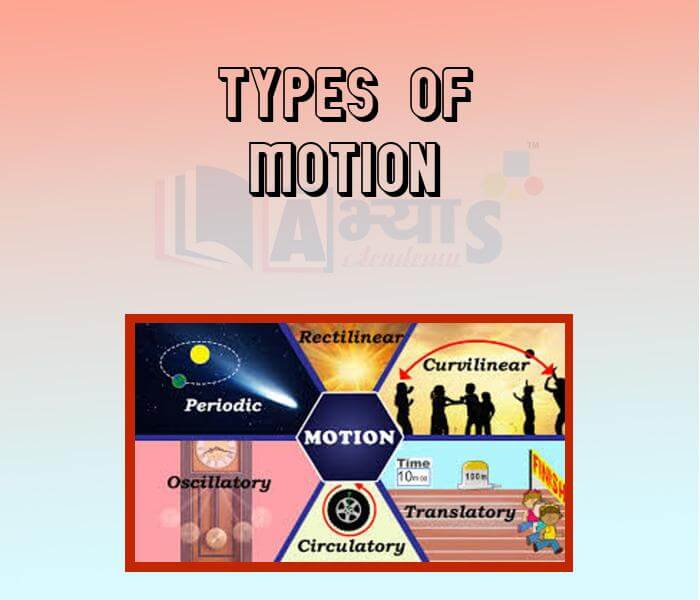
- Distance Traversed and Displacement

- First Equation of Motion
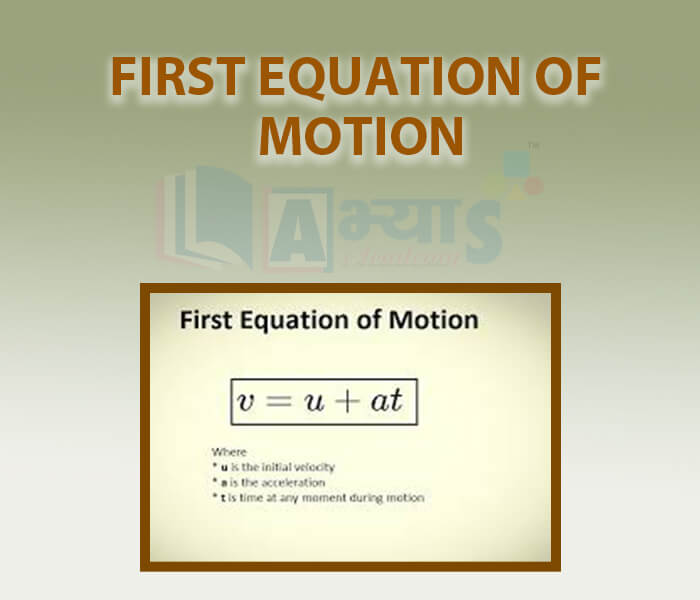
- Motion is Relative

- Measurement
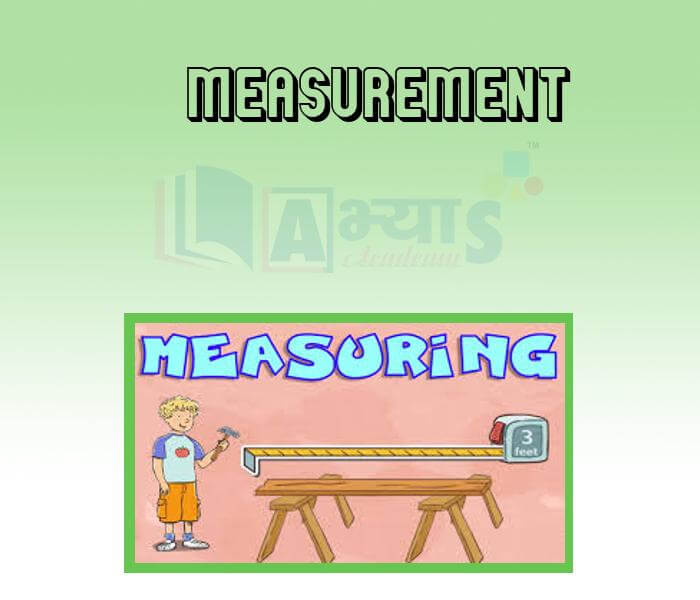
- Vector and Scalar Quantity
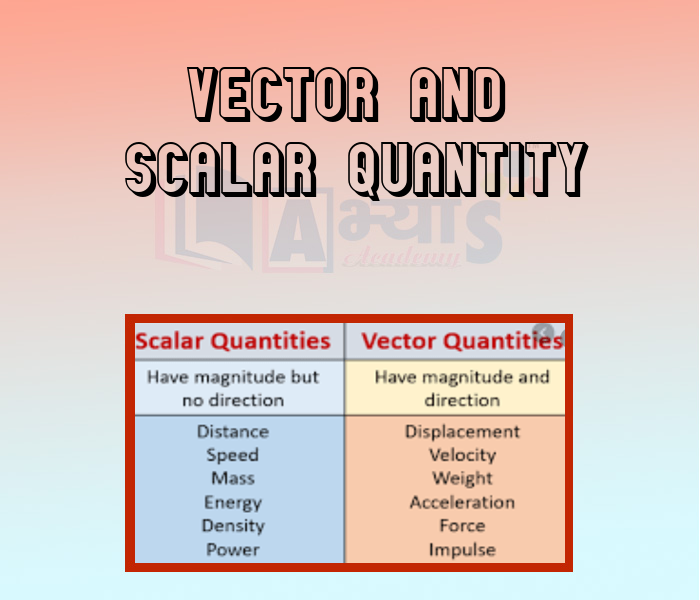
- Average Speed

- Average Velocity
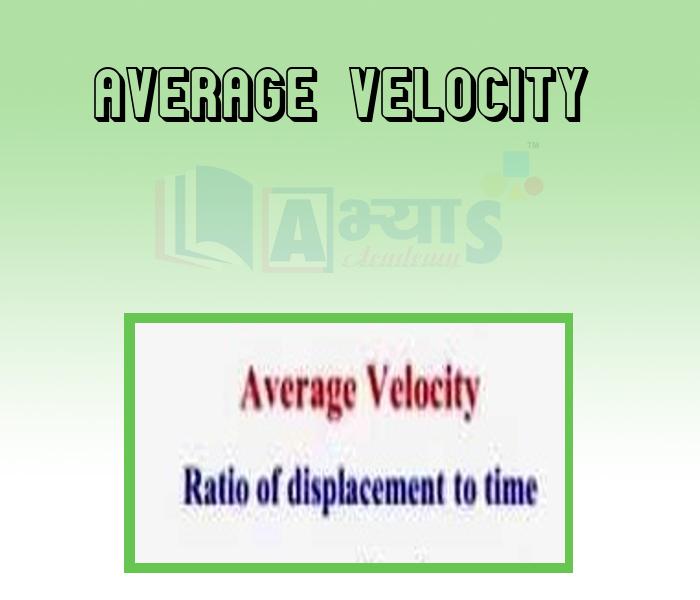
- Uniform and Non Uniform Motion
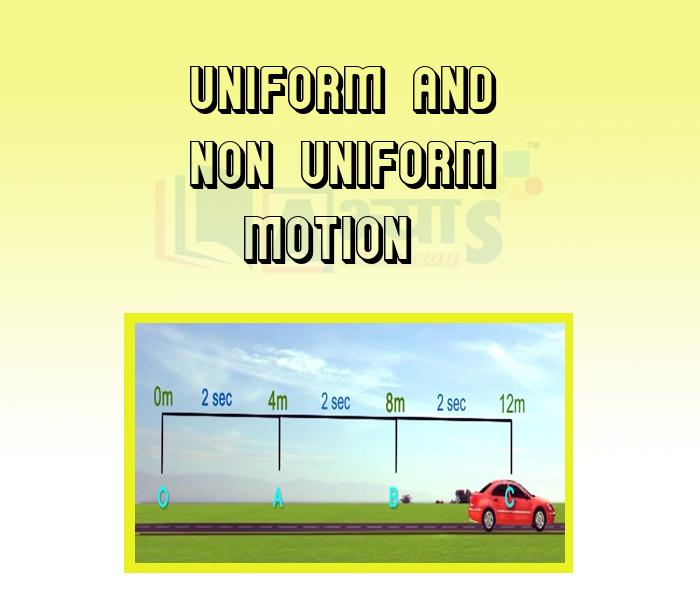
- Uniform and Non-uniform speed

- Periodic Motion

- Circular Motion

- Conversion of Units
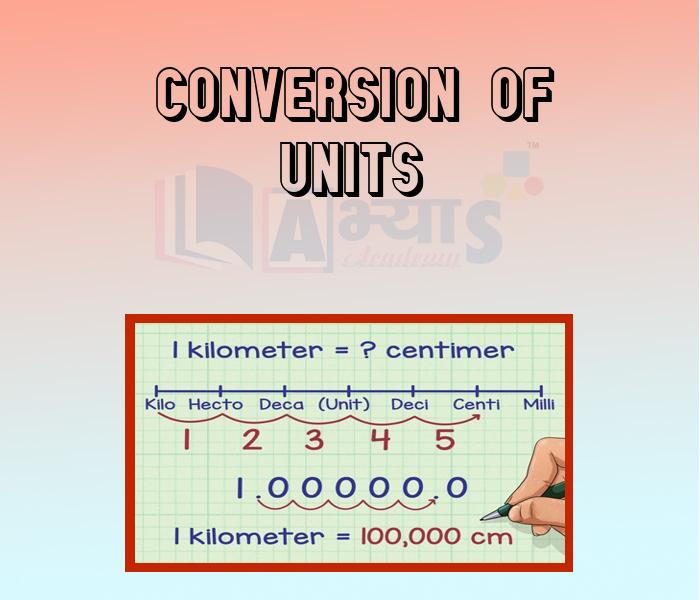
- Second Equation of Motion
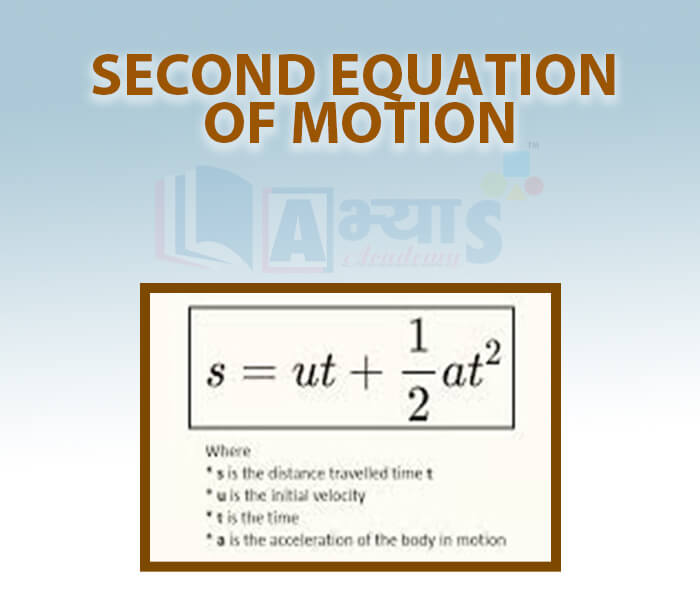
- Third Equation of Motion

- Distance Time Graph

- Distance Time Graph For Uniform Motion

- Distance Time Graph For Non-Uniform Motion
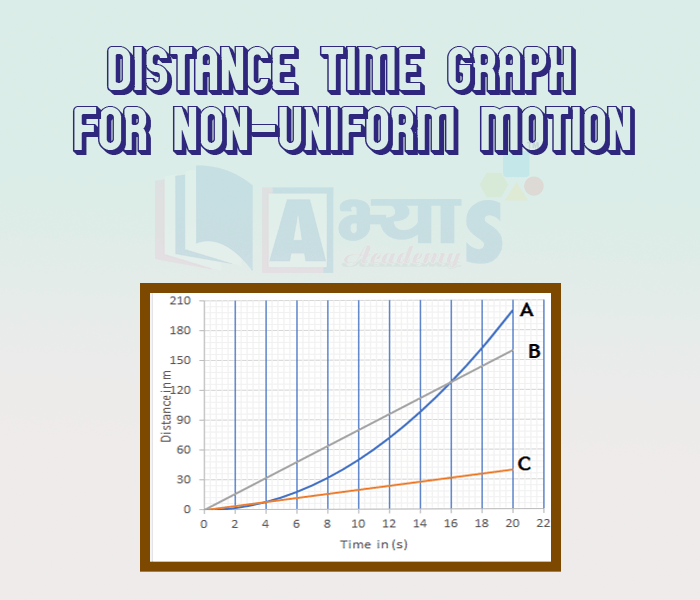
- Velocity-Time Graph For A Body Moving With Constant Velocity

- Velocity-Time Graph For Uniform Accelerated Motion
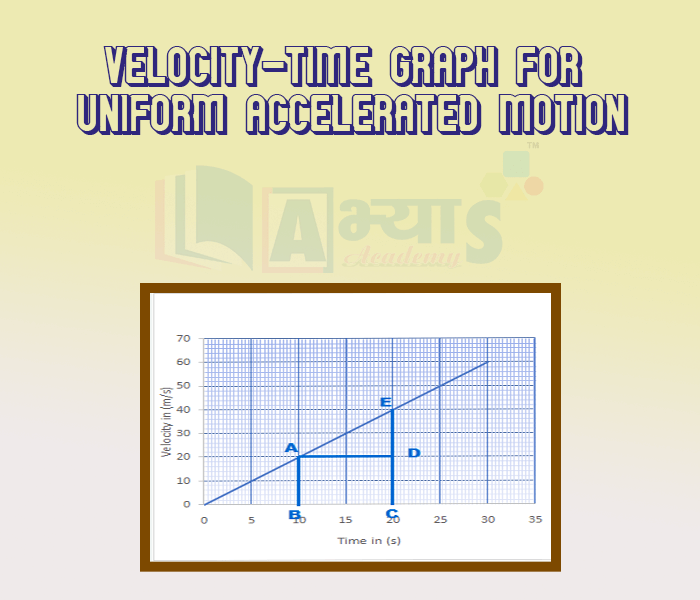
- Velocity-Time Graph For Non-Uniform Accelerated Motion
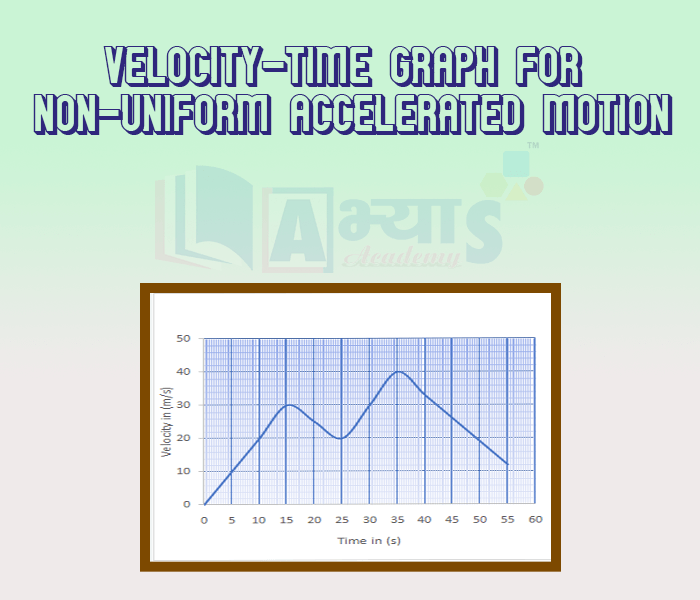
Explore Concepts (Click & View)
- Dispersion of light
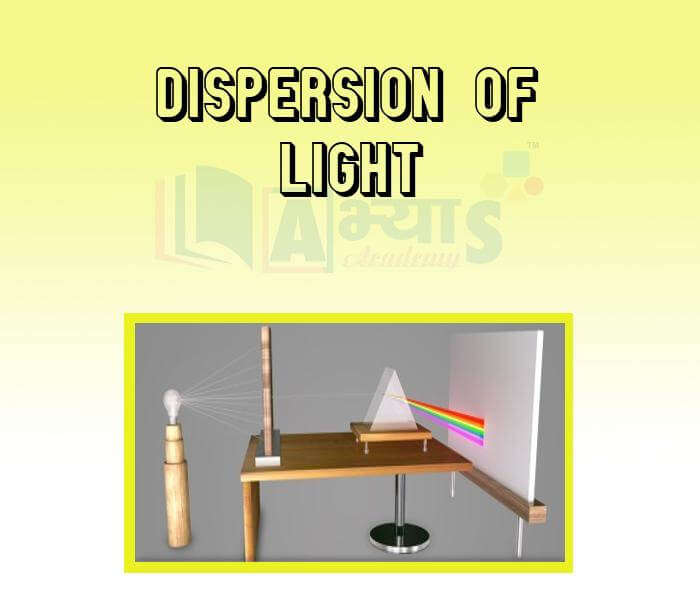
- Dispersion of light by a prism
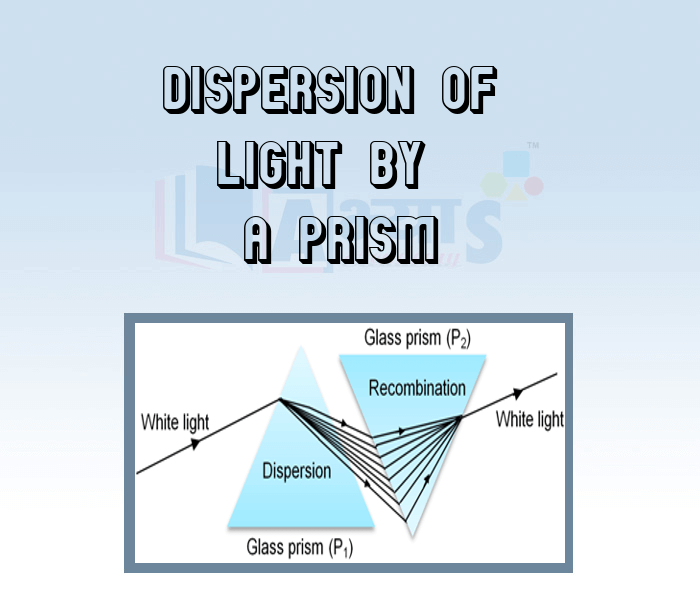
- Colour and the wavelength of light
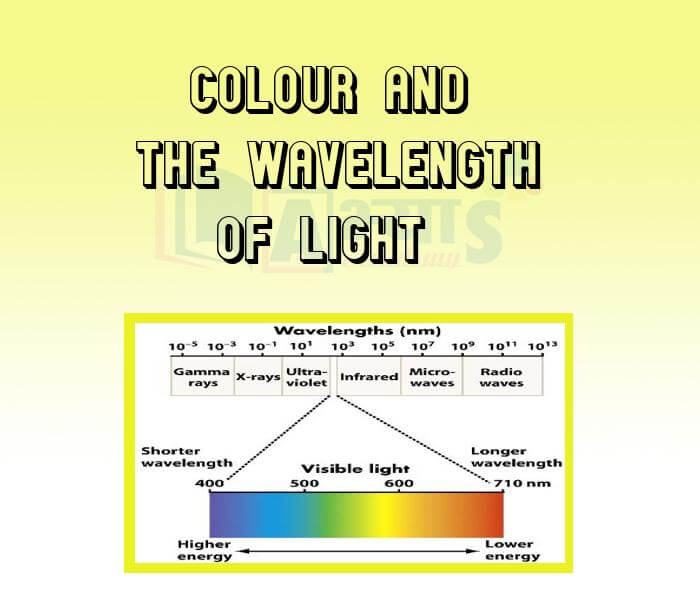
- Rainbows

- Scattering of light

- Scattering of lights of different colours

- Colour of the sky

- Colours of the sun

Students / Parents Reviews [10]
A marvelous experience with Abhyas. I am glad to share that my ward has achieved more than enough at the Ambala ABHYAS centre. Years have passed on and more and more he has gained. May the centre flourish and develop day by day by the grace of God.

Archit Segal
7thOne of the best institutes to develope a child interest in studies.Provides SST and English knowledge also unlike other institutes. Teachers are co operative and friendly online tests andPPT develope practical knowledge also.

Aman Kumar Shrivastava
10thMy experience with Abhyas academy is very good. I did not think that my every subject coming here will be so strong. The main thing is that the online tests had made me learn here more things.

Hiya Gupta
8thIt was a good experience with Abhyas Academy. I even faced problems in starting but slowly and steadily overcomed. Especially reasoning classes helped me a lot.

Cheshta
10thAbhyas Methodology is very good. It is based on according to student and each child manages accordingly to its properly. Methodology has improved the abilities of students to shine them in future.

Manish Kumar
10thMy experience with Abhyas is very good. I have learnt many things here like vedic maths and reasoning also. Teachers here first take our doubts and then there are assignments to verify our weak points.

Shivam Rana
7thIt has a great methodology. Students here can get analysis to their test quickly.We can learn easily through PPTs and the testing methods are good. We know that where we have to practice

Barkha Arora
10thIt was good as the experience because as we had come here we had been improved in a such envirnment created here.Extra is taught which is beneficial for future.

Eshan Arora
8thAbout Abhyas metholodology the teachers are very nice and hardworking toward students.The Centre Head Mrs Anu Sethi is also a brilliant teacher.Abhyas has taught me how to overcome problems and has always taken my doubts and suppoeted me.

Shreya Shrivastava
8thAbhyas is a complete education Institute. Here extreme care is taken by teacher with the help of regular exam. Extra classes also conducted by the institute, if the student is weak.






